If your idea of a holiday is more than just a hotel pool, you’ve come to the right place. This isn’t a typical vacation; it’s an action-packed Spain itinerary designed as a true Andalusia road trip, with new scenery every single day.
This guide is crafted for adventurers: van lifers, solo travelers, and couples who crave the freedom of the open road. If you love discovering natural wonders, hiking stunning trails, and embracing the thrill of a new destination each morning, this is the journey for you.
Overview
How To Use The Map:
Click the tab in the top left-hand corner of the map to view the layers (pins on maps with places such as swimming spots and beaches, parking, restaurants, towns, ticket offices, etc.)
You can click the check marks to hide or show layers. If you click the icons on the map, you can get more information about each pinned point.
If you click the star next to the title of the map, this map will be added to your Google Maps account. To view it on your phone or computer, open Google Maps, click the menu button, go to “Your Places,” click Maps, and you will see this map on your list.
Spain itinerary
Highlights
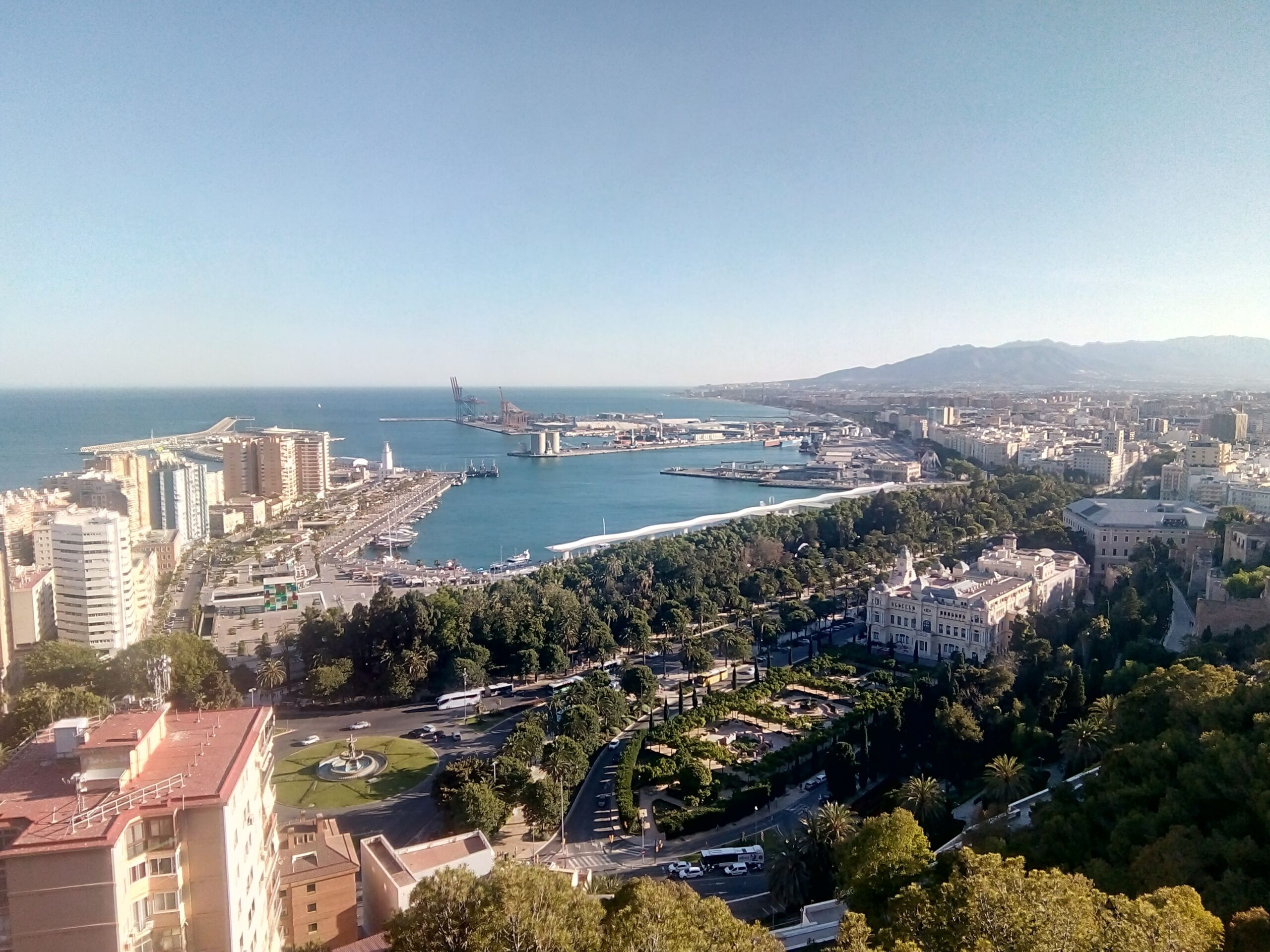
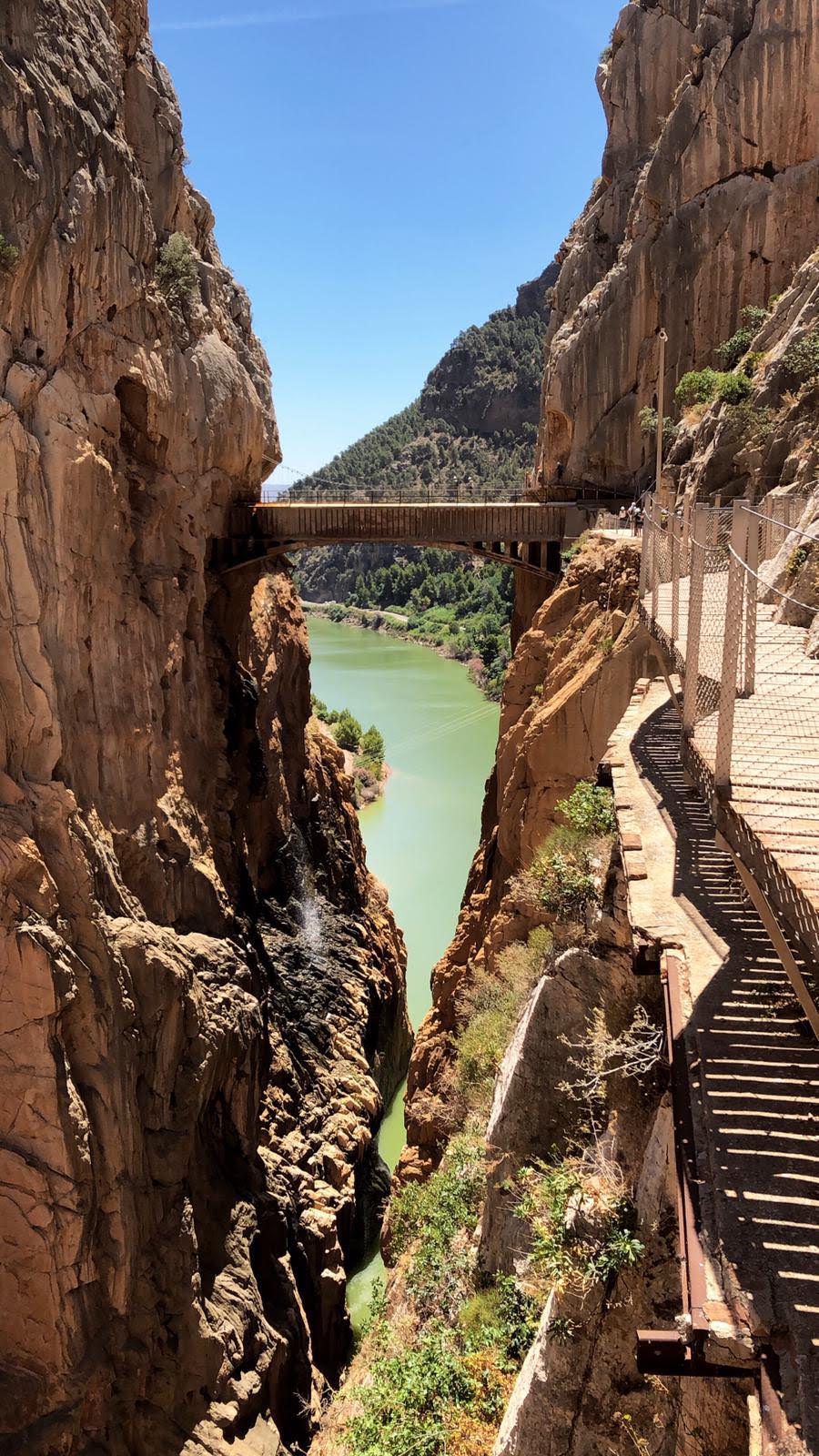
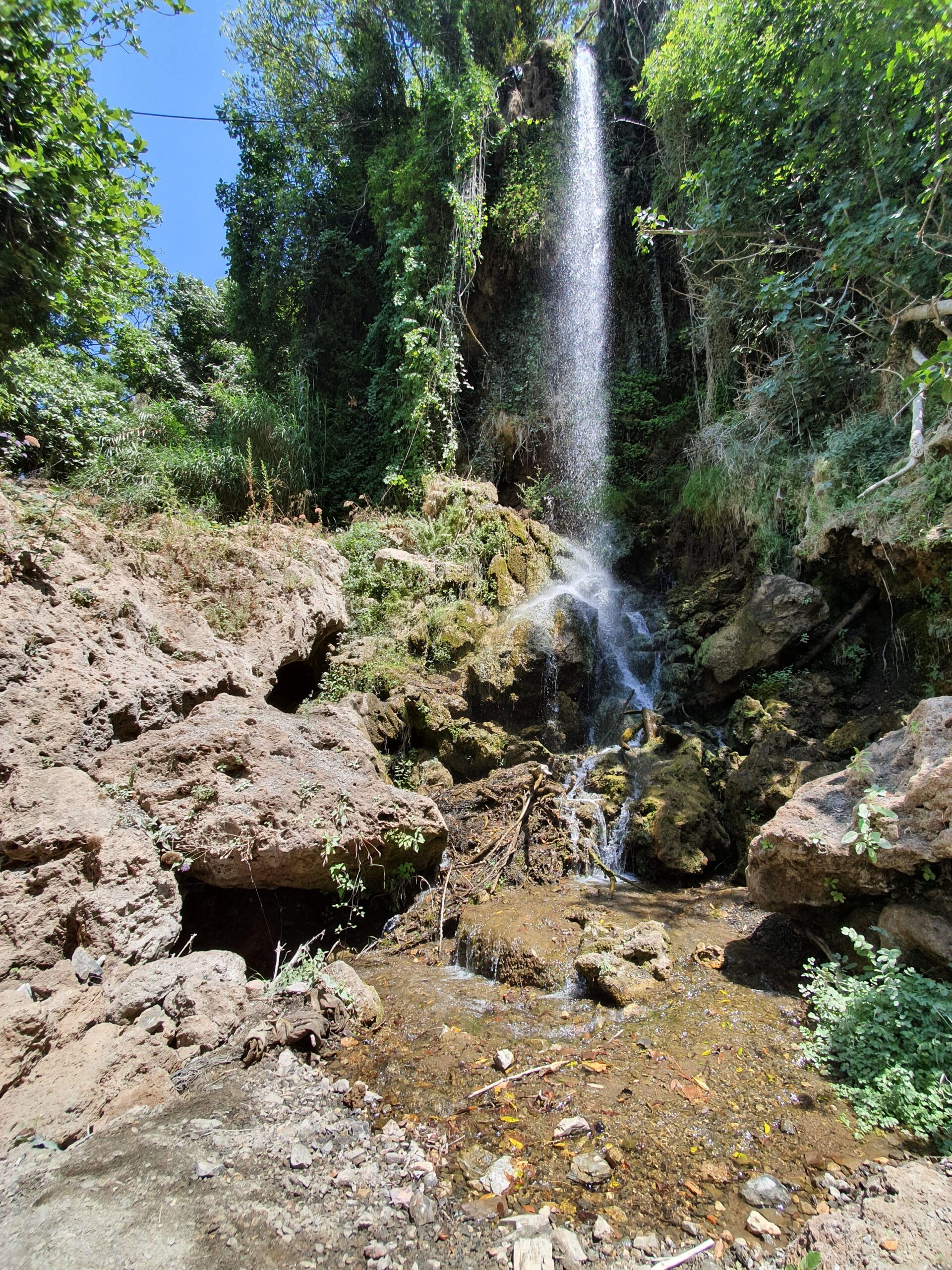
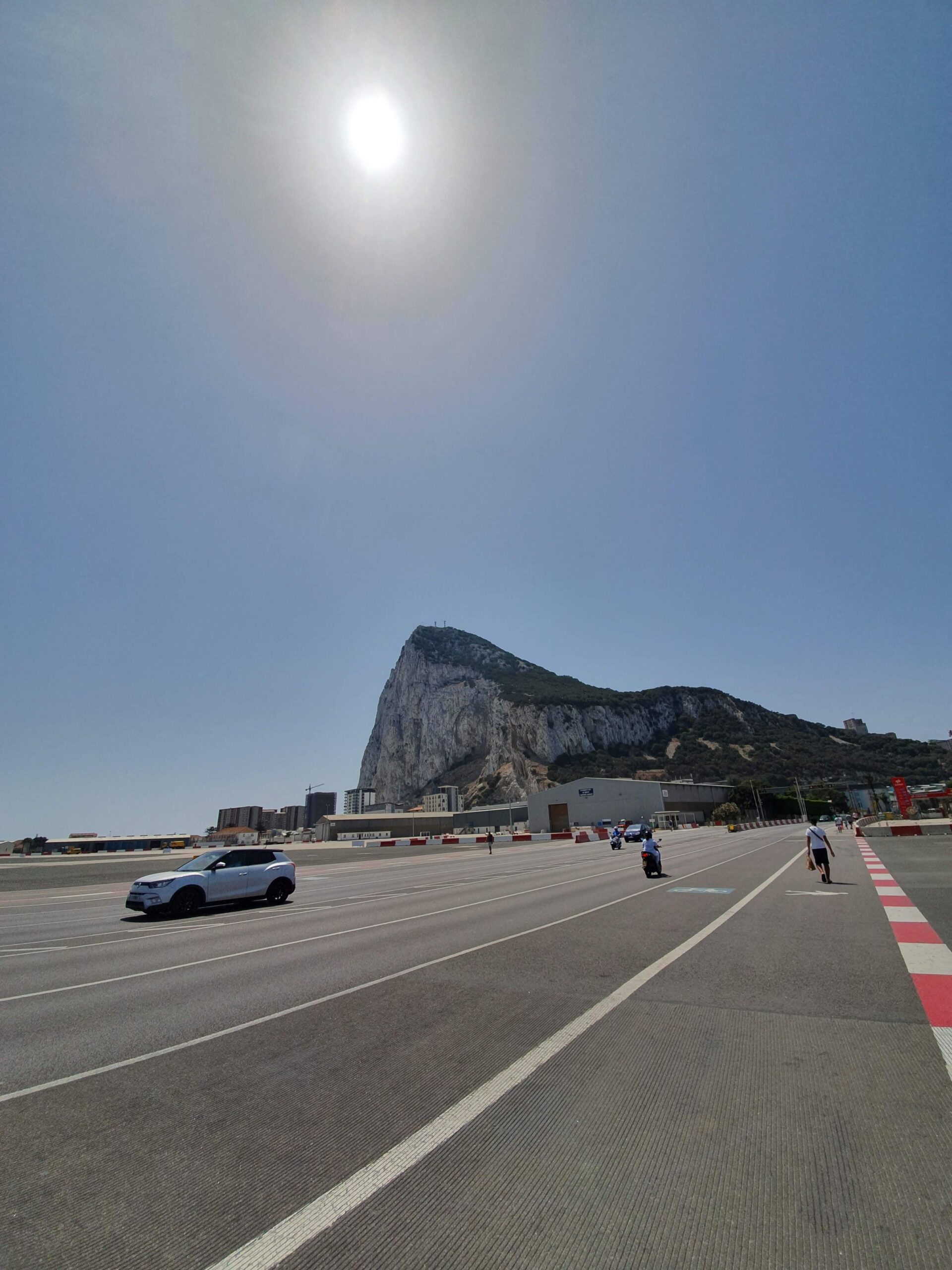
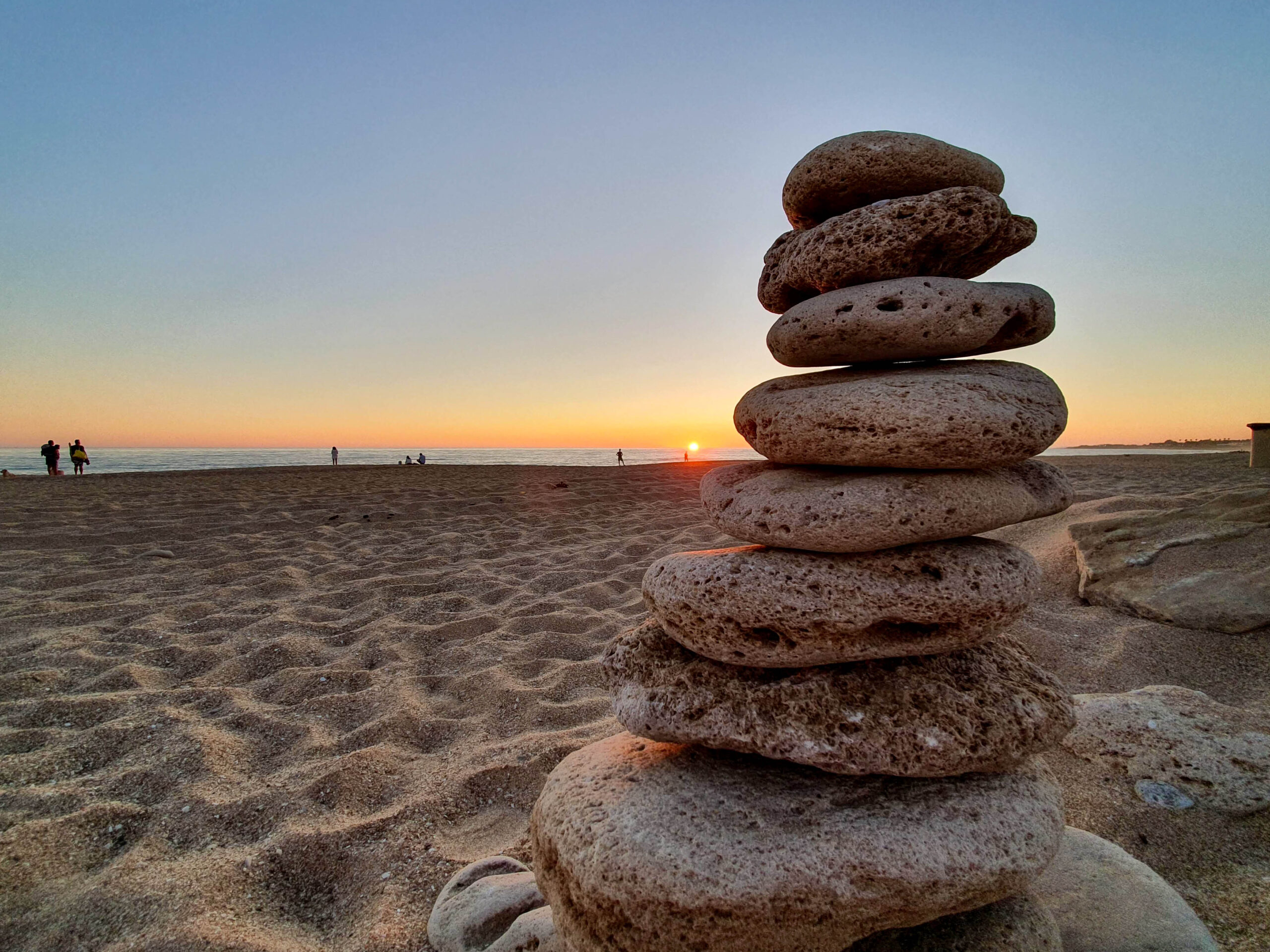

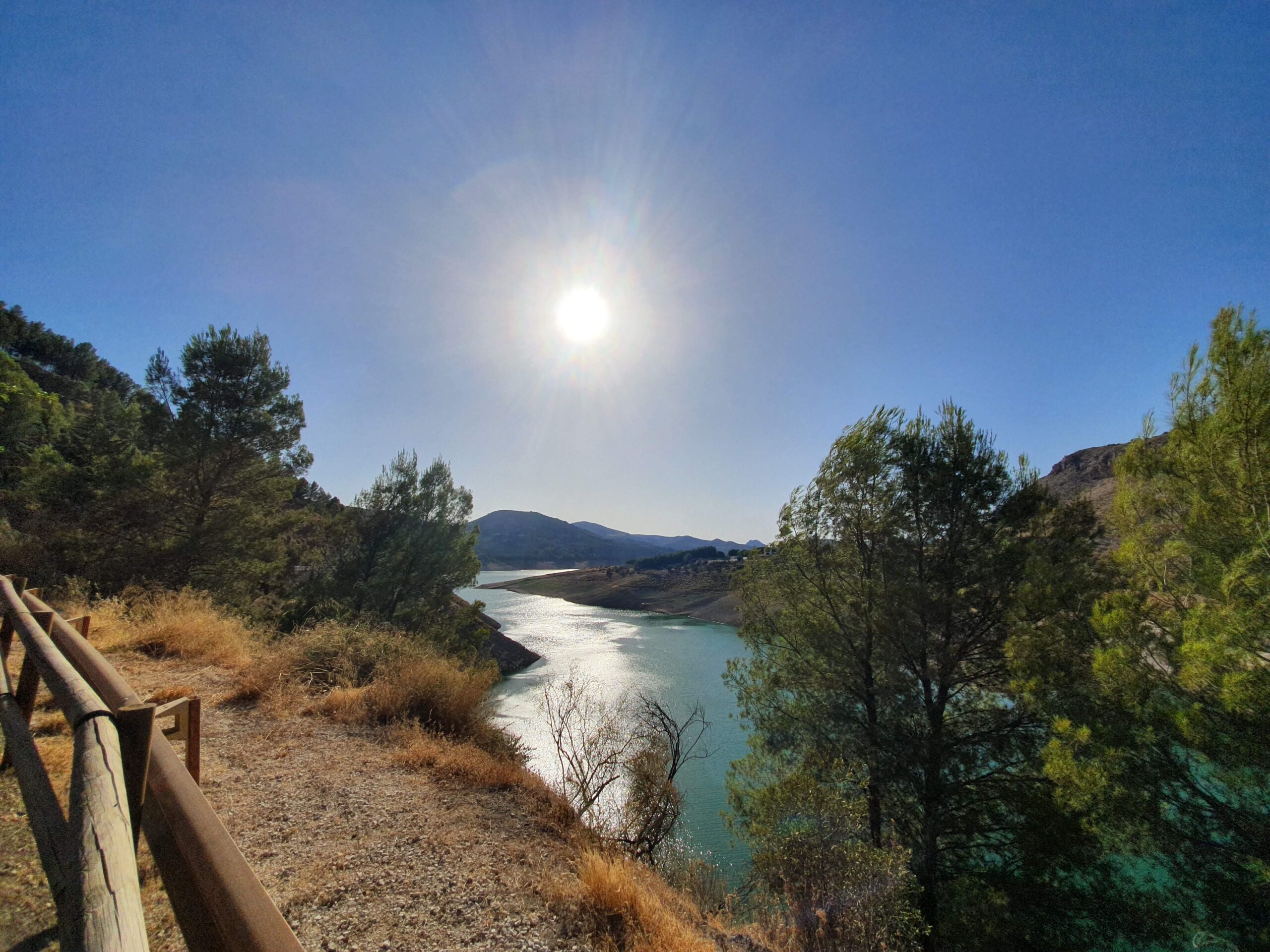
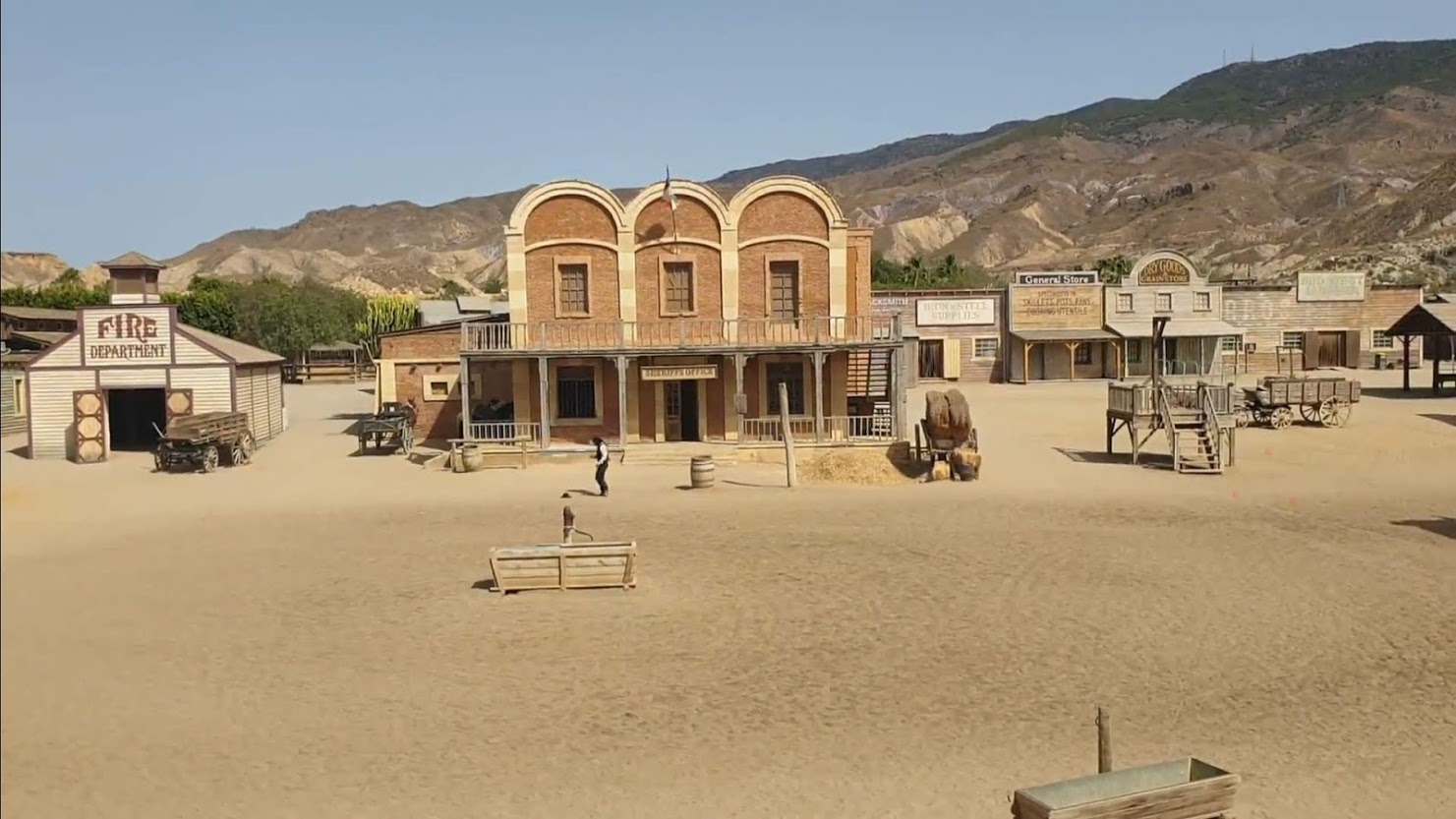
Day 1
Summary: Once arriving in Malaga, climb up to Mirador de Gibralfaro for an amazing view of Malaga Port and Beach from above, explore P.º del Muelle Uno – a seaside street by the port and a park next to it, visit La Malagueta and later on explore Centro Historico along with the Alcazaba, Catedral de la Encarnación de Málaga and Teatro Romano de Málaga.
Sights and activities:
Mirador de Gibralfaro
Mirador de Gibralfaro is a Hilltop lookout point reachable by foot or bus, offering picturesque city, sea & sunset views, next to the Castillo de Gibralfaro. The walk-up is great, just make sure to take some water with You and be ready to climb the stairs, but the views are magnificent.

Port of Malaga and Centro Historico, El Zoco – A Handicraft Market
It is the oldest continuously-operated port in Spain and one of the oldest in the Mediterranean. While visiting Port You will walk down the Paseo del Muelle Uno – a seaside promenade, full of shops, souvenirs, and even El Zoco – a Handicraft market on Paseo del Muelle Uno, taking place by the sea and boats on the first 3 Sundays of the month (Lots of homemade crafts, jewelry and clothes (new and second hand) as well as local artwork stands next to the Pompidou Centre. Great views of the city skyline and there’s often live entertainment too).
Centro Histórico is an old town cluster of charming pedestrian lanes overlooked by the Alcazaba, a medieval Moorish citadel above ancient Roman ruins. The elegant main thoroughfare, Calle Marqués de Larios, has boutiques in 19th-century buildings, and restaurant and bar terraces fringe busy squares like Plaza de la Constitución. The Picasso Museum shows work by the great Malaga-born artist in a converted palace.
Day 2
Summary: Spend a day in Aqualand Torremolinos, explore Punta Gatuna, and the seafront promenade ( Costa de la Carihuela), and go to Playa del Bajondillo in the evening.
Sights and activities:
Aqualand Torremolinos
In Torremolinos very close to Malaga, You can find Aqualand Torremolinos – it’s the largest waterpark in the Costa del Sol and is great to enjoy while beating the summer heat. It is filled with a variety of thrilling rides including a 72-foot drop slide which is the highest in Europe. There are also more relaxing wave pools, a jacuzzi, and kid zones.
But – for the best experience it’s recommended to buy a fast pass ticket along with an entrance ticket because in the summer it is full of people and if You don’t have a fast pass you will stand in neverending queues for the slides. Aqualand Torremolinos is huge, You could spend a full day there without getting bored.
Costa de la Carihuela and Punta Gatuna
The waterside promenade draws locals and holidaymakers for evening strolls, and the rugged headland Punta Gatuna has a quiet lookout spot for sunset views. You can find some cute cats there too, or stop by some hutlike outdoor Chiringuito bars – serving cold beer and classic pescaíto fried fish.

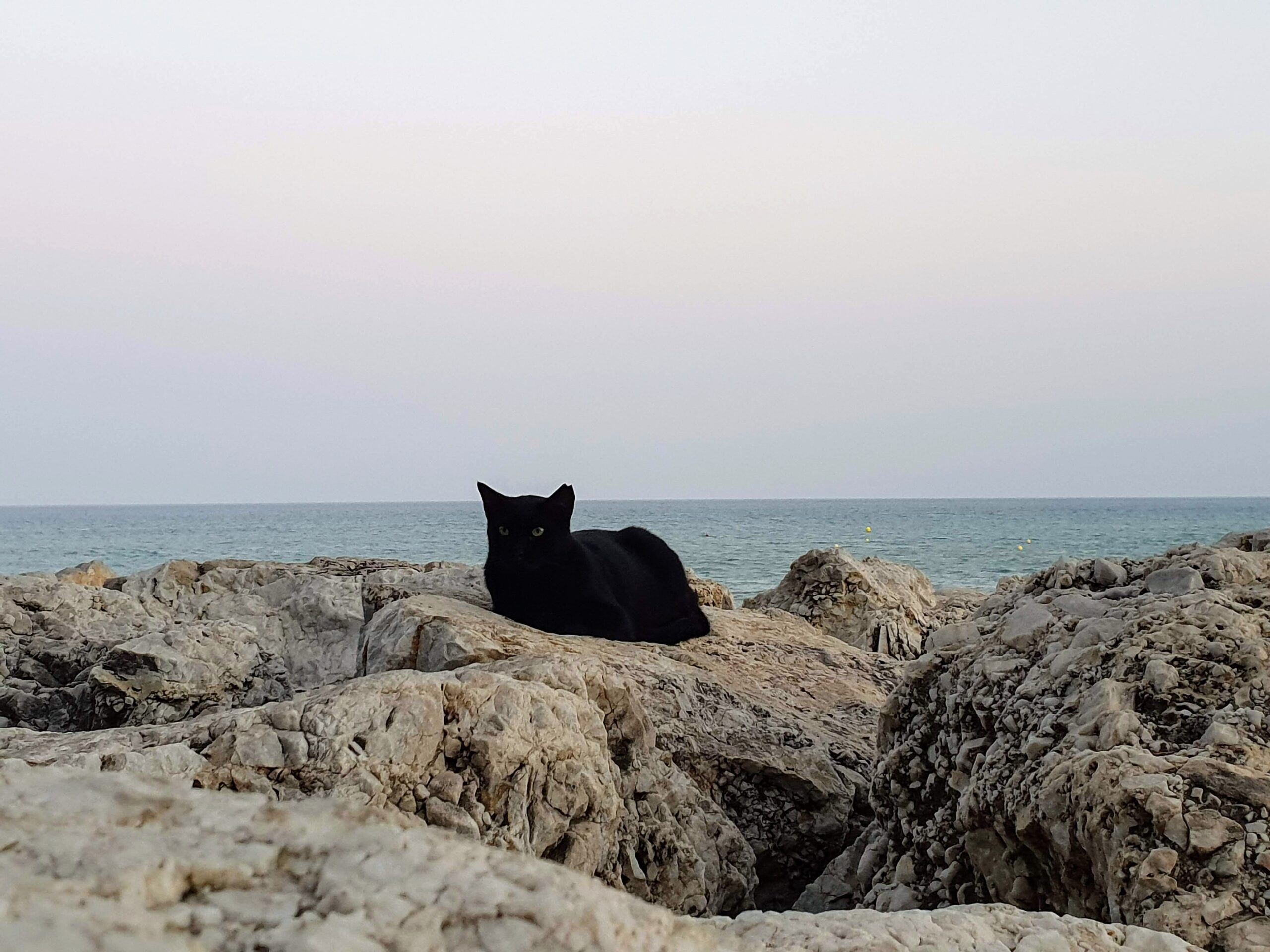
Playa del Bajondillo
Playa del Bajondillo is a busy, palm-fringed shoreline with water sports on the Mediterranean & tapas at casual beach bars. It’s a nice long stretch of beach that is dotted with abundant shady areas where you can enjoy a picnic while staying out of the intense heat and sun.
Day 3
Summary: Hike Caminito del Rey and swim in the lake next to it, on Your way forward visit Cueva del Gato and walk through the icy water, in the evening arrive in Ronda eat dinner, and visit Puente Nuevo – the beautiful historic bridge, look at the views around it.
Sights and activities:
Caminito del Rey
Visit the epic hike trail of Caminito del Rey – This almost 8-kilometer path near Malaga (Andalusia) was once considered one of the most dangerous in the world. Today the entire route has been carefully restored, but although it’s now much safer, one thing hasn’t changed – the unique experience of strolling along walkways hanging over 100 meters up on a sheer cliff face. The views are unforgettable.
The Caminito del Rey route is spectacular from beginning to end, running through cliffs, canyons, and a large valley. It crosses the landscapes of Desfiladero de los Gaitanes, a gorge carved out by the river Guadalhorce, with walls 700 meters high. The area is also inhabited by a wide variety of plant and animal species; with a little luck, you can see highland birds like Egyptian vultures, griffon vultures, or golden eagles, and mammals such as wild boar and Iberian ibex. You will need to buy tickets for El Caminito del Rey.
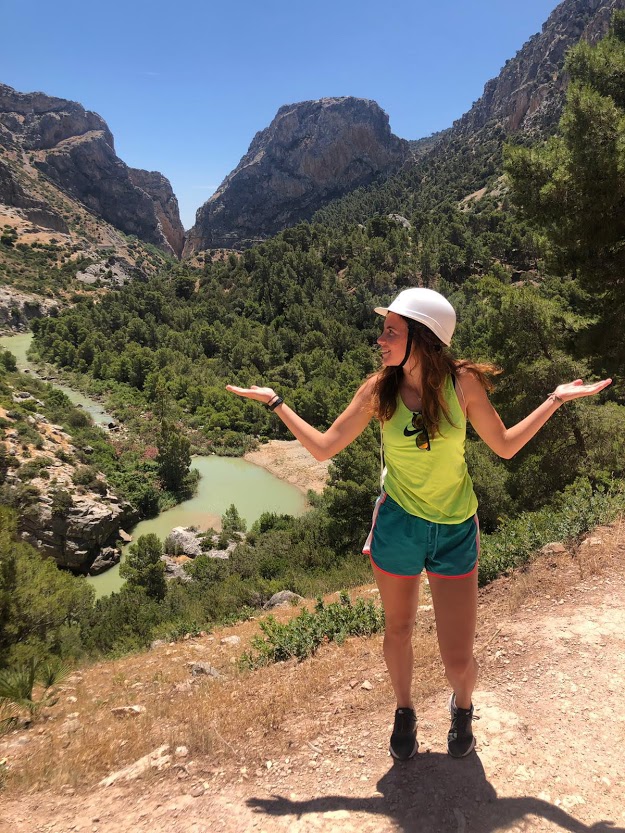


Playa Ardales
This was the first beach in Andalusia to win a Blue Flag award. It is located on the Conde del Guadalhorce reservoir, better known as the El Chorro marsh. This is one of the six reservoirs in the middle of the course of the river Guadalhorce and its main tributaries: the rivers Guadalteba and Turón.
Water activities can be enjoyed in the recreational area known as “La Isla” (The Island), such as renting pedalos and kayaks or other sports like hiking, rock climbing, caving, or fishing. What’s more, it’s only 600 meters from the famous Caminito del Rey footpath.

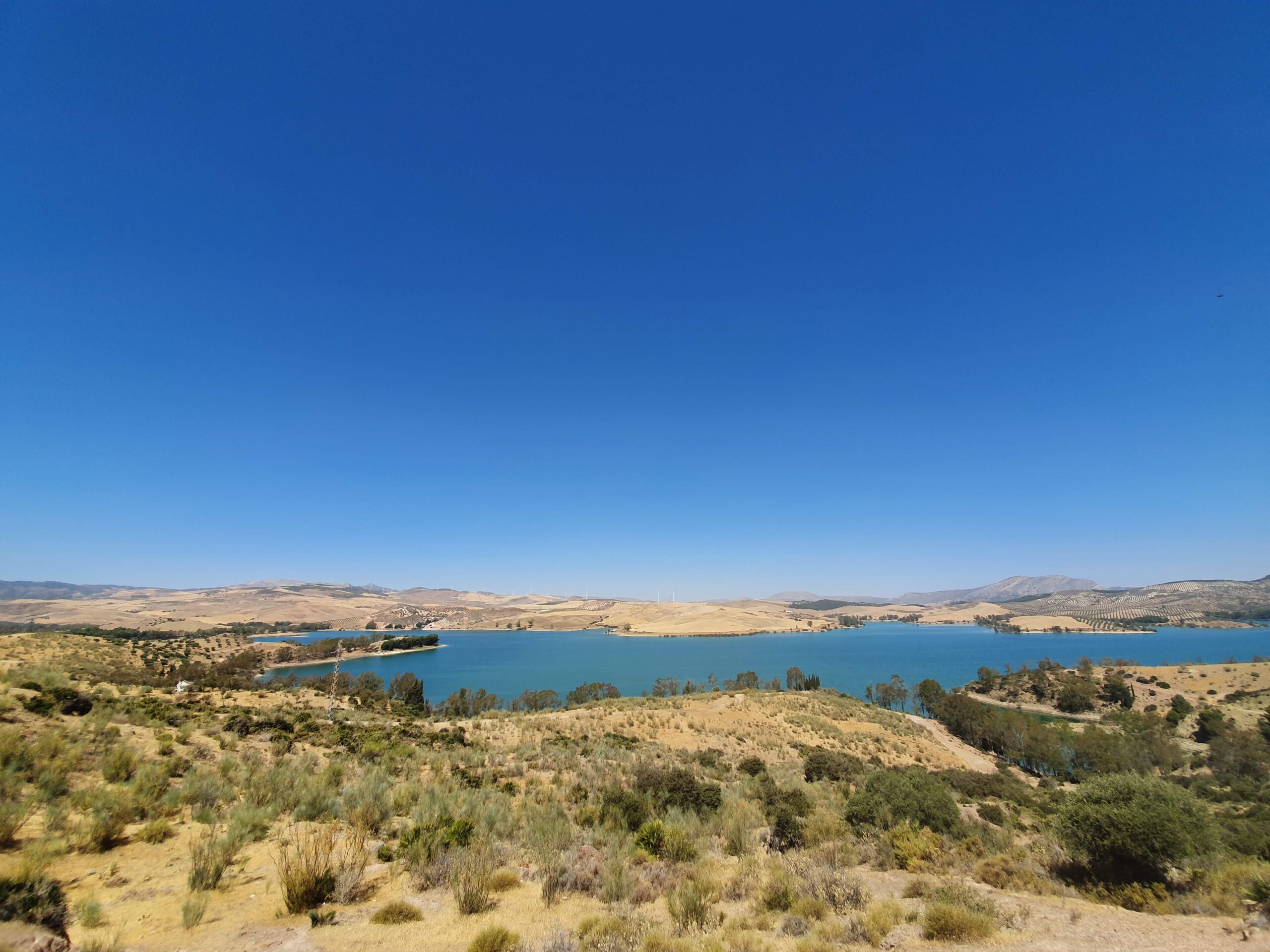
Cueva Del Gato
The Natural Monument Cuevas del Gato comprises the cave and the cavity from which the water of the Guadares or Gaduares River flows. Located in the town of Benaojána few kilometers from Ronda and in the Nature Reserve of the Sierra de Grazalema Mountains, it has great scenic value, both for its natural and cultural components.
The spring has permanent crystal-clear waters, having passed through an underground section of over four kilometers, from its infiltration in the Garganta del Hundidero Gorge to its exit from the Cueva del Gato Cave. In fact, the cave is the southern entrance to a series of potholes called the Hundidero-Gato System, although all of the potholes in the area tend to be called by the same name, after its most famous mouth. From karst origin, it is the most important system in Andalusia, with chasms, lakes, siphons, canyons, and rooms that reach up to 70 meters in height.
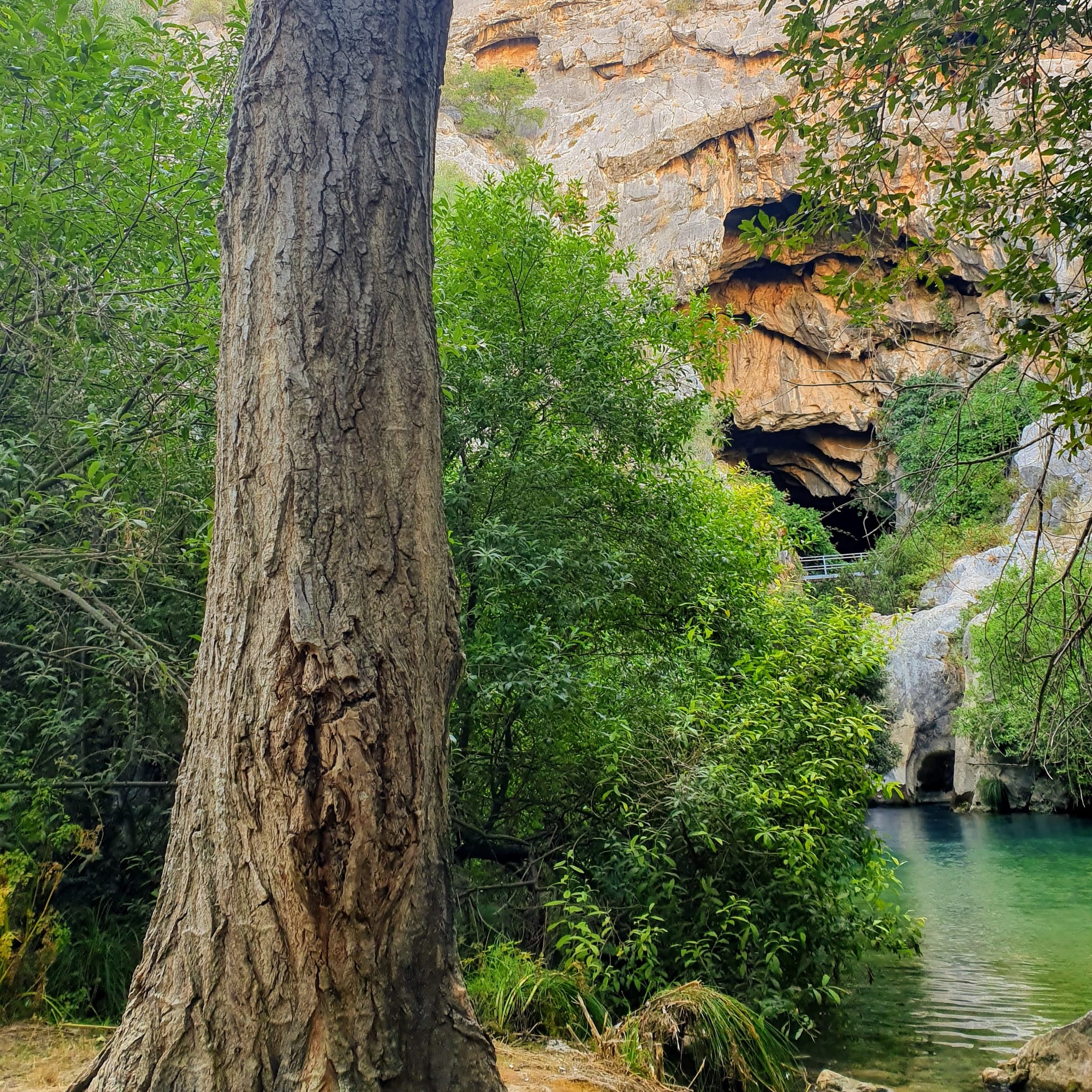
Ronda and Puente Nuevo
Ronda is a mountaintop city in Spain’s Malaga province that’s set dramatically above a deep gorge. This gorge (El Tajo) separates the city’s circa-15th-century new town from its old town, dating to Moorish rule. Puente Nuevo, a stone bridge spanning the gorge, has a lookout offering views. New town’s Plaza de Toros, a legendary 18th-century bullring, is one of the city’s most recognizable landmarks.

Day 4
Summary: Take a walk in Farajan, a little beautiful village, and find the hidden Las Chorreras. Go for an evening swim in Playa de Torreguadiaro.
Sights and activities:
Las Chorreras
Las Chorreras (hard to find but worth finding and hiking through), Farajan ( Las Chorreras trail will be found inside of the village – on the way to Nacimiento del Balastar)
Upon discovering the Chorrera de Balastar, one can’t help but feel like they’ve stumbled upon a hidden treasure. If the journey to this waterfall was guided by the sound of rushing water, the feeling of satisfaction is doubled. The adventure begins at the Colina de Don Fabrique, located in Faraján, which Ernest Hemingway once described as a “white swan on a pond of hope.”
We will embark on a walk to the right of the main street and be pleasantly surprised by the gardens, orchards, fruit trees, and remnants of an old mill and ancient canals from the Muslim era. As we approach the roaring sound of water, we will know that we have reached la Chorrera, a ten-meter waterfall that cascades over travertine in a terraced area near the source of the Balastar. A walnut tree provides much-needed shade, allowing us to leisurely appreciate the beauty of the water.
After the walk take a deep breath and rest in the shade at the end of a trail while taking a look at the surrounding area from the mirador.


Farajan
A small picturesque town, Farajan is another Moorish town, built 641 meters above sea level. The origin of the place name is said to be a corruption of Lugar Ameno/Alegre, a loose translation of the Arabic for “pleasant place”. A more plausible interpretation is based on the name Faraxan or Haraga, meaning the “Place of Havaral”.
With a population today of less than 300, this pueblo once stood at the heart of three other Moorish communities. Only names on maps now indicate the sites of lost communities such as Balastar (Albalaxtear), Chucar, and Castillejo.
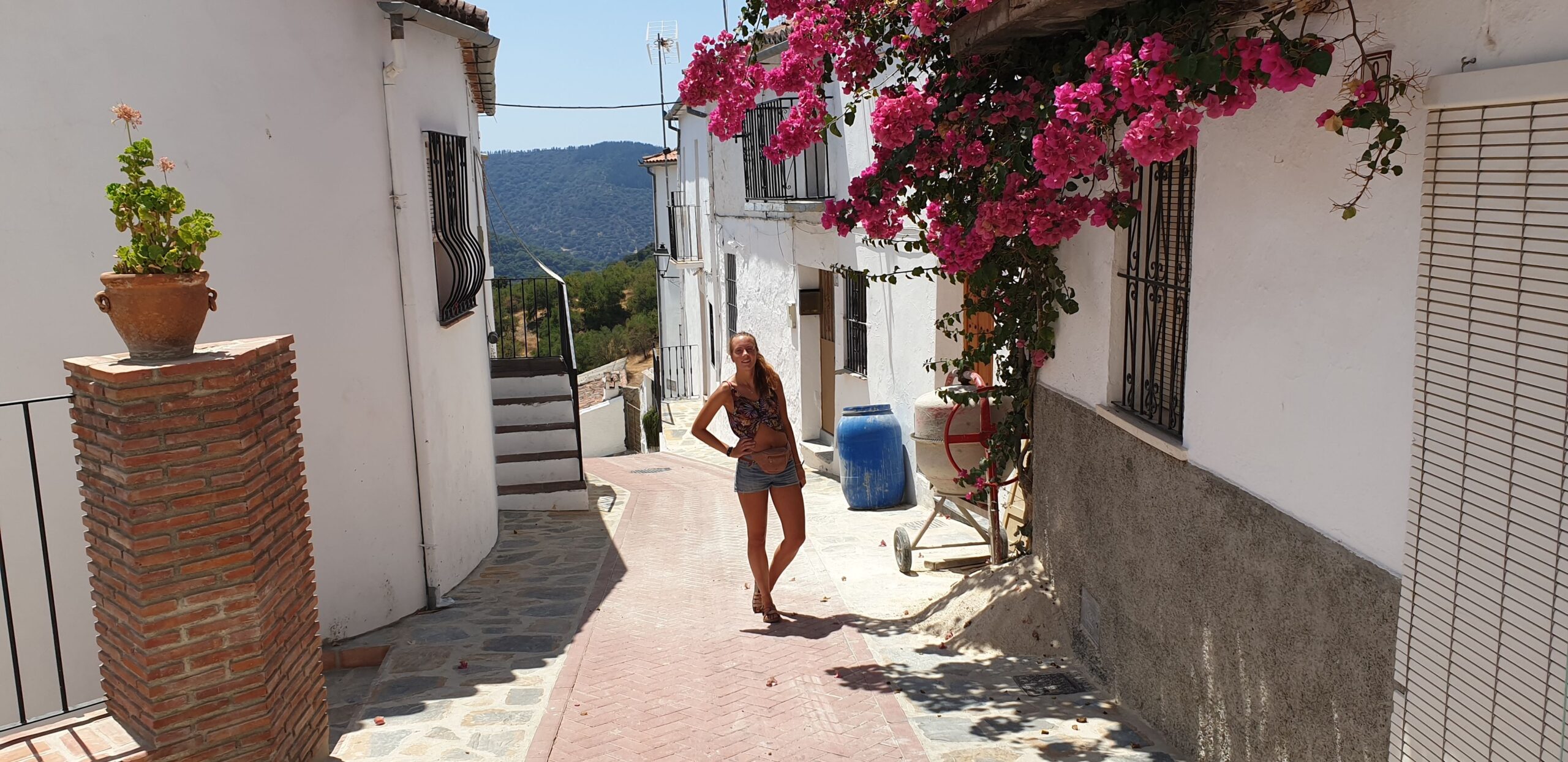
Mirador De La Guerra de la Independencia
On Your Way, You will find Mirador De La Guerra de la Independencia, from where You will see all the surrounding Mountain Ranges and Gibraltar. This is a Natural Viewpoint of the Spanish War of Independence.
This Mirador will give You an amazing view, just from the side of the road.

Playa de Torreguadiaro
A popular stretch of sandy beach featuring oceanfront bars & an area with inflatables in the water. Take a walk, swim, or explore the city of Torreguadiaro.
Day 5
Summary: Gibraltar – Top Of The Rock is obligatory, leave a car in Spain – La Linea de la Concepcion, walk to Gibraltar, Take a walk through the Airport and the city to Gibraltar Cable Car, all day on Top Of The Rock will be enough.
Sights and activities:
Gibraltar City and Top Of The Gibraltar Rock
British Overseas Territory and headland, on Spain’s south coast. It’s dominated by the Rock of Gibraltar, a 426m-high limestone ridge. First settled by the Moors in the Middle Ages and later ruled by Spain, the outpost was ceded to the British in 1713.
Take a cable car to the top of Gibraltar, enjoy the views, and make friends with the monkeys living in there, but be aware of the ones who may be so smart that they can steal your things or open your bags.
You can leave Your car in Spain and walk to Gibraltar because it will be much cheaper and faster than going there by car, and You’ll have the privilege to walk through the Airport of Gibraltar.
It’s really easy to spend all day up there!

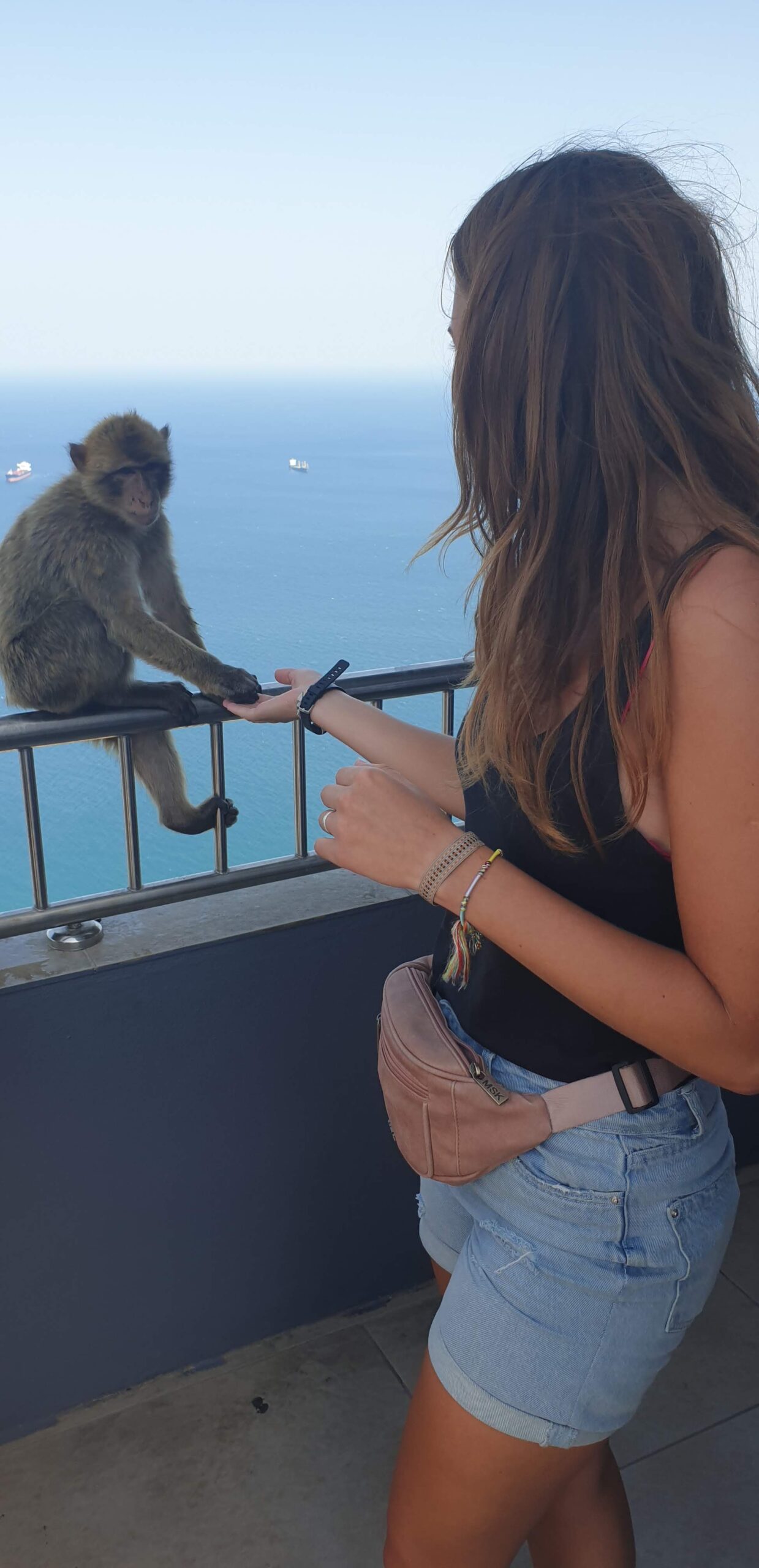

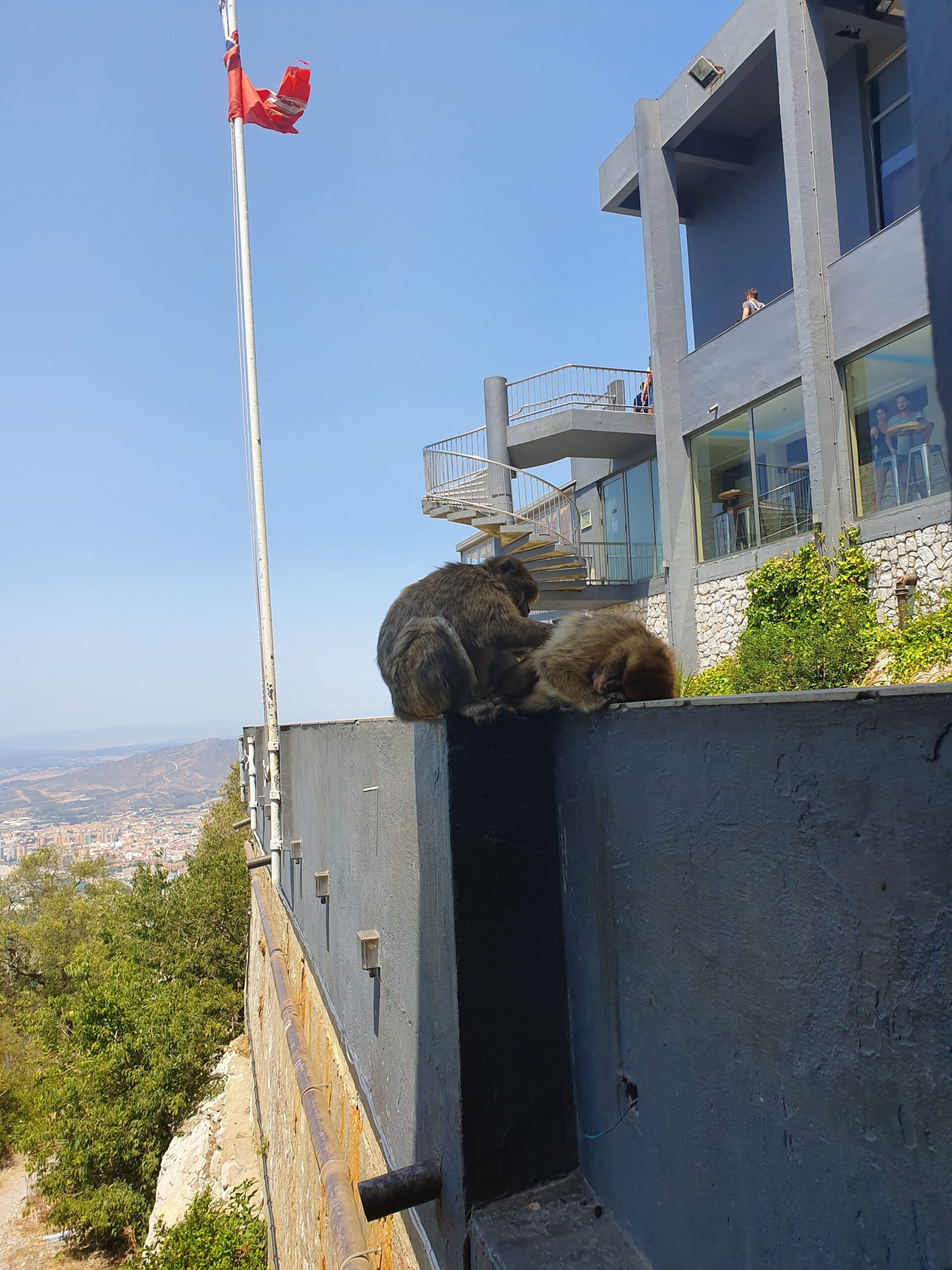
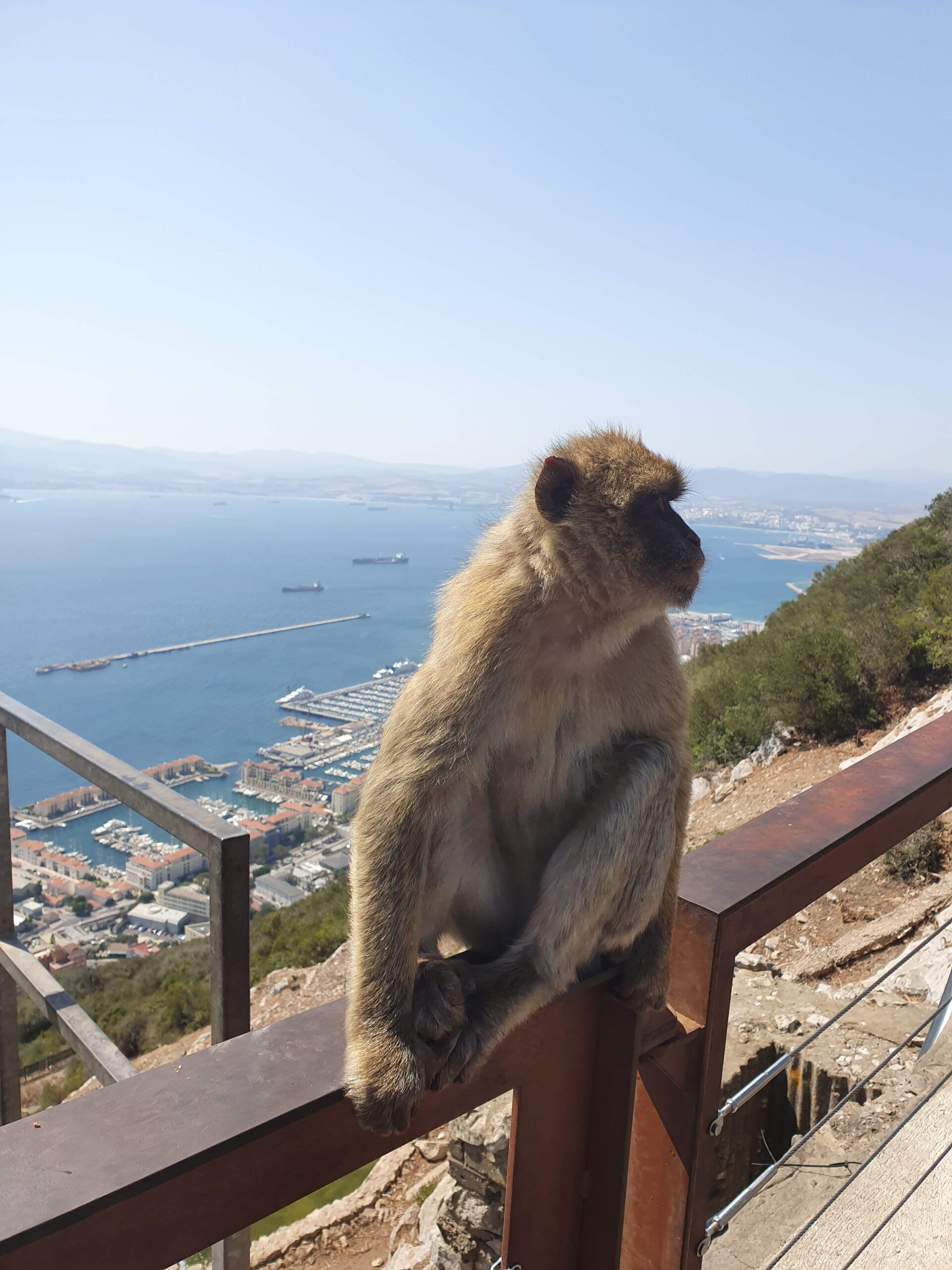
Day 6
Summary: Explore URB. LOS LANCES in Tarifa visit the windy ocean beach Playa de Los Lances. Visit Playa de Zahora near Cadiz, and wait for the amazing sunset there.
Sights and activities:
Tarifa
Explore Tarifa, catch some wind, and create a spontaneous idea to visit Tangier – Morocco the next day, because it’s just 30 30-minute Ferry ride.
Playa de Los Lances
Take a walk around the area and the windy ocean beach, You can try some surfing there.
The Playa de Los Lances is a beach that forms one side of the town of Tarifa, in the region of Campo de Gibraltar in Andalusia, Spain. The beach is 7,250 meters long from Punta de la Peña to Punta de Tarifa, with an average width of 120 meters


Playa de Zahora
Playa de Zahora is in 46th place out of 75 beaches in the Cadiz region 43 km away from its center, the city of Cadiz. It is one of the beaches of the Vejer de la Frontera settlement, just 9.3 km from its center.
The beach is located in a natural place with a lot of parking lots. The beach is a great place to swim in the Ocean while still being in Spain, the waves are great, the water is good and the views are amazing, Playa de Zahora is nice for watching the sunsets over the Ocean.


Day 7
Summary: Catch a ferry to Tangier and go on a Red Bus to Tangier’s big route – Cape Spartel, Hercules caves, and many more included in the route take a walk around the port area and swim in Plage Municipale.
Sights and activities:
Tangier
Now when You’re in Tangier catch a Hop On – Hop Off bus, to see the best attractions of Tangier Morocco, You can even see the Camels by the beach gazing in the sun, at Your own pace, after that explore more of the territory near Tangier port.


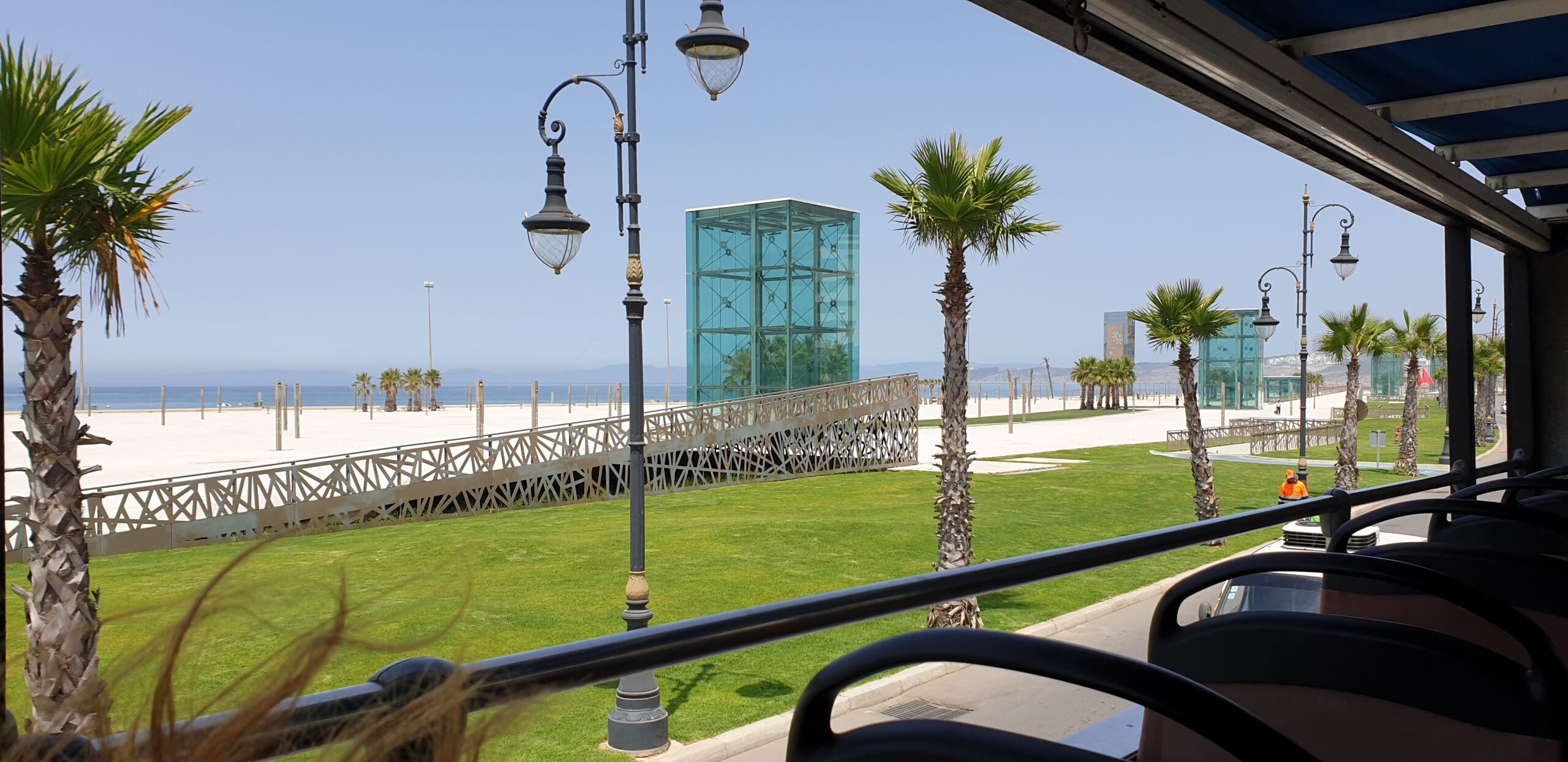
Plage Municipale
In the evening take a walk to the Playa Municipale for a refreshing evening swim and sunset over the Strait of Gibraltar, on Your way to accommodation stroll through colorful water fountains on the seaside promenade.
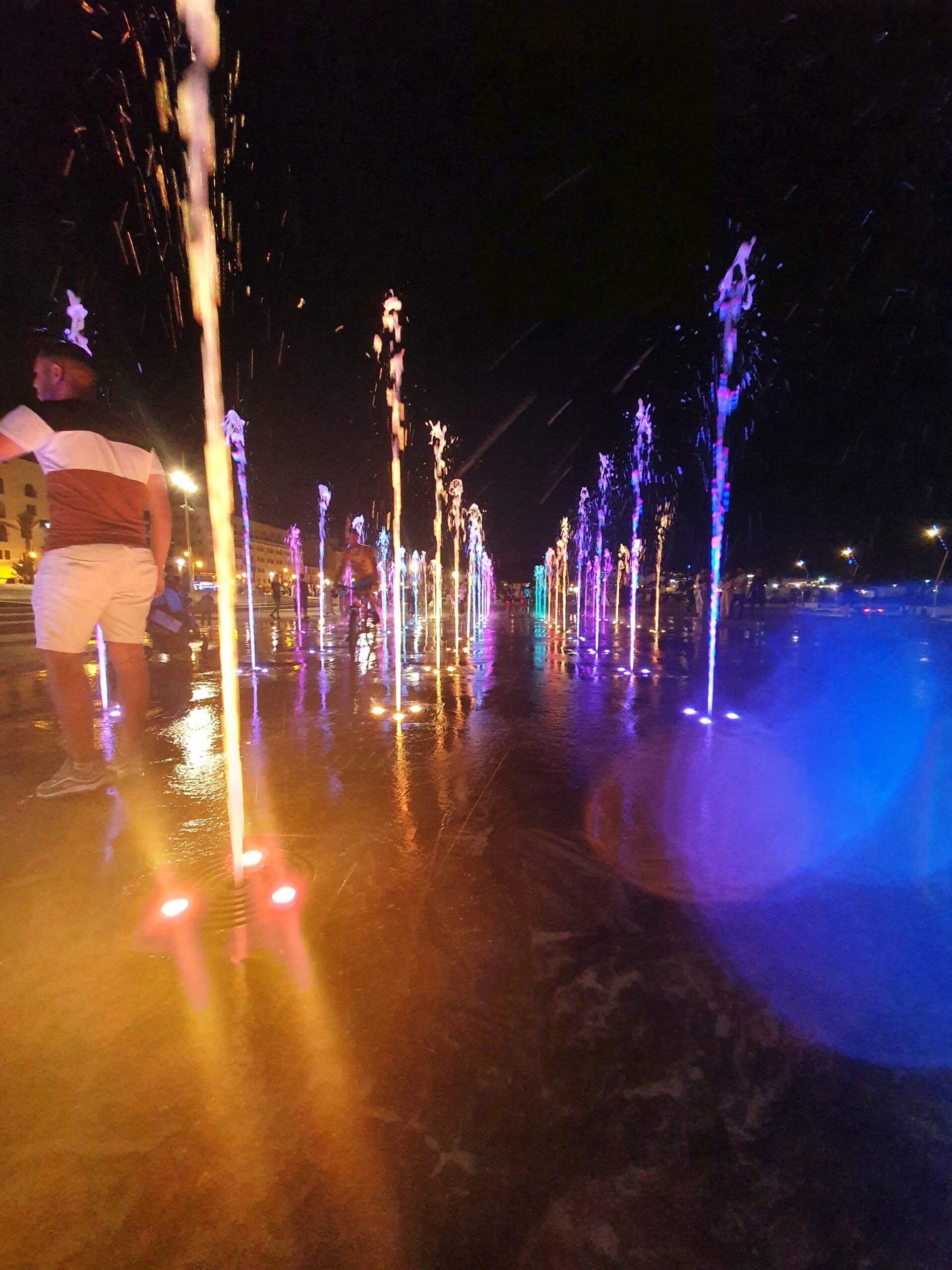
Day 8
Summary: Take a morning walk in Tangier, find some amazing souvenirs, Eat traditional breakfast near the port, then Go back to Tarifa and take your car if You left it there and Enjoy your way to Loja. Take a walk in Loja streets.
Sights and activities:
Loja city
Loja, formerly Loxa, is a town in southern Spain, situated at the western limit of the province of Granada. It is surrounded by the so-called Sierra de Loja, of which the highest peak, Sierra Gorda, stands 1,671 meters above sea level.
Day 9
Summary: Embalse de Iznajar – Playa de Valdarenas – swim in the lake and have a relaxing day. Later on, take a walk in the streets of Granada, try some Tapas with Tinto de Verano, and enjoy some nightlife.
Sights and activities:
Embalse de Iznajar – Playa de Valdarenas
The largest water reservoir in Andalusia is also called the Lake of Andalusia. It is huge but there are not many places You can swim in there, but there is Playa de Valdarenas a huge beach where You can take Your spot even driving on the sands of the beach, just choose Your place and drive a car to Your spot and enjoy your stay. There are some hiking routes by the lake if You prefer hiking.


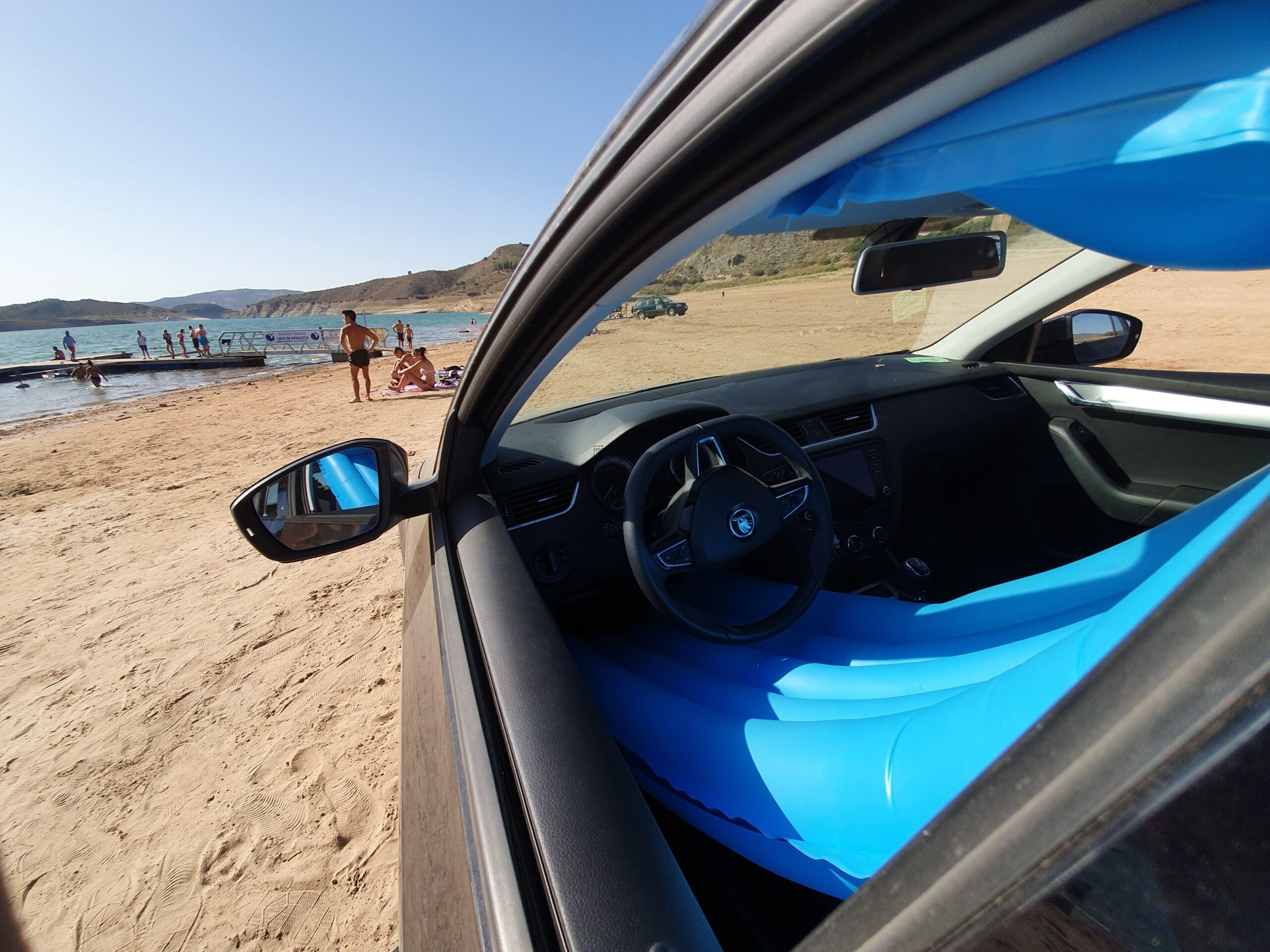
Granada
Once You arrive in Granada take a walk there, don’t forget to try some tapas and Tinto de Verano, and enjoy some nightlife there.
Granada is a city in southern Spain’s Andalusia region, in the foothills of the Sierra Nevada mountains. It’s known for grand examples of medieval architecture dating to the Moorish occupation, especially the Alhambra. This sprawling hilltop fortress complex encompasses royal palaces, serene patios, and reflecting pools from the Nasrid dynasty, as well as the fountains and orchards of the Generalife gardens.
Day 10
Summary: Eat some Churros con chocolate for breakfast in Granada (Cafe Bar Churreria Arte y Sabor) do not miss Churros time in the morning approximately 11-12 am. Hike in the Tabernas Desert. Take a nighty walk in Almeria and take some Ice cream by the beach. Get ready for tomorrow it will be amazing!
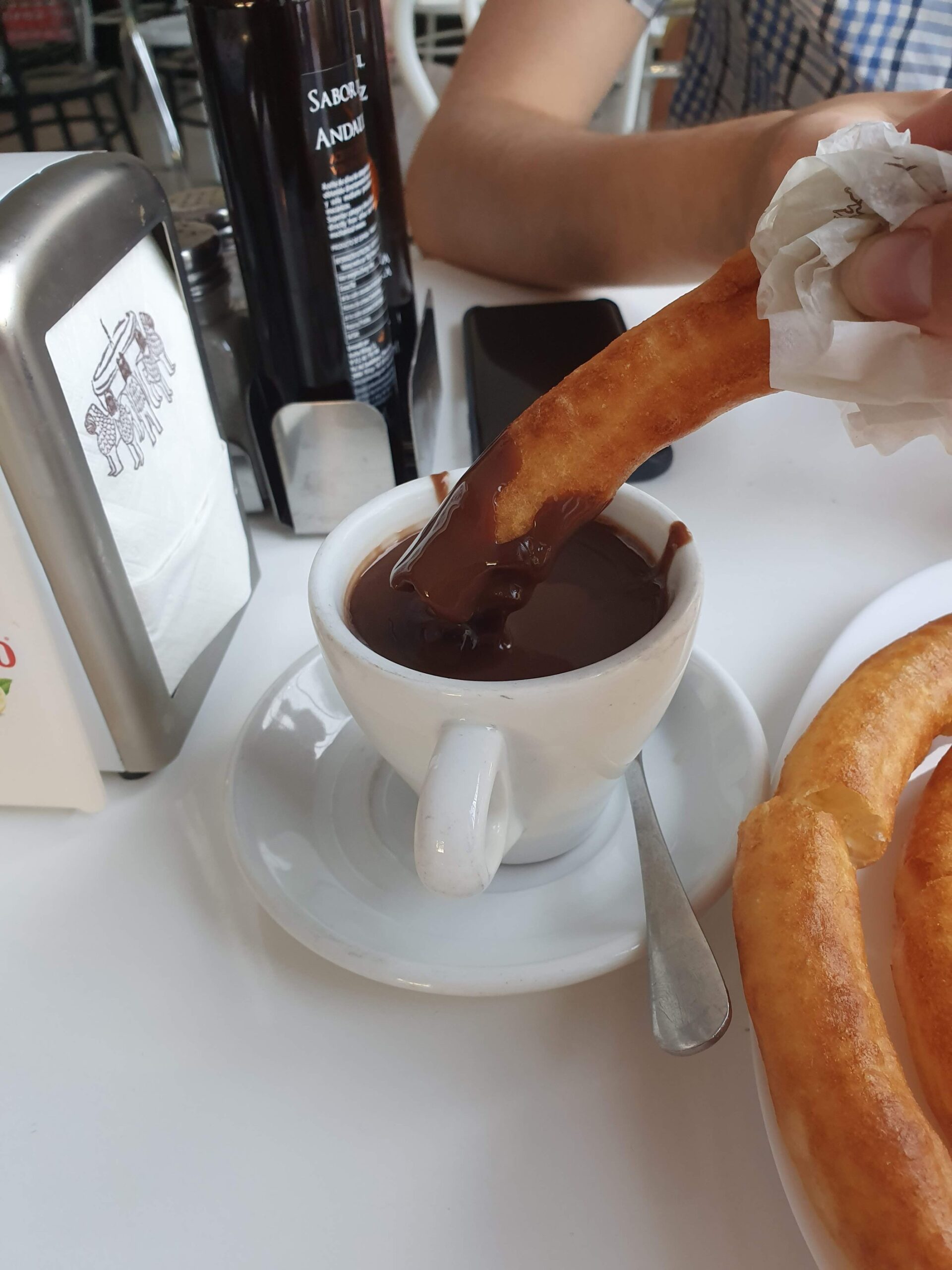
Sights and activities:
Sorbas – Town and Desert territory
Sorbas, also known as Cuenca la Chica, is an extremely impressive village. It is located on a small plateau over the Río Aguas, and its white houses are almost suspended over the ravine. It has around 2300 inhabitants.
Among the web of steep, narrow streets in Arabic style, there are various viewpoints – Porche, Castillo, Calvario, and Torreta – from which one can look at and contemplate the ‘hanging’ houses and the beautiful environment that surrounds them.
In the areas surrounding the town center lie the most interesting enclaves called La Mela and Cariatiz, where caves with rock paintings can be found. There is also a signposted route called Los Molinos del Río Agua, which is ideal for hiking fanatics.
Almeria
Almeria is Andalusia’s most eastern capital. Years ago, it was not as well known by tourists as other provincial capitals such as Malaga, Seville, or even Granada, however, that has changed drastically in the last while with its growth as a major holiday area. The city is situated at the foot of a mountain range which is crowned by the magnificent Alcazaba, the second largest Muslim fortress in Andalusia after the Alhambra in Granada. It has about 198, 500 inhabitants.
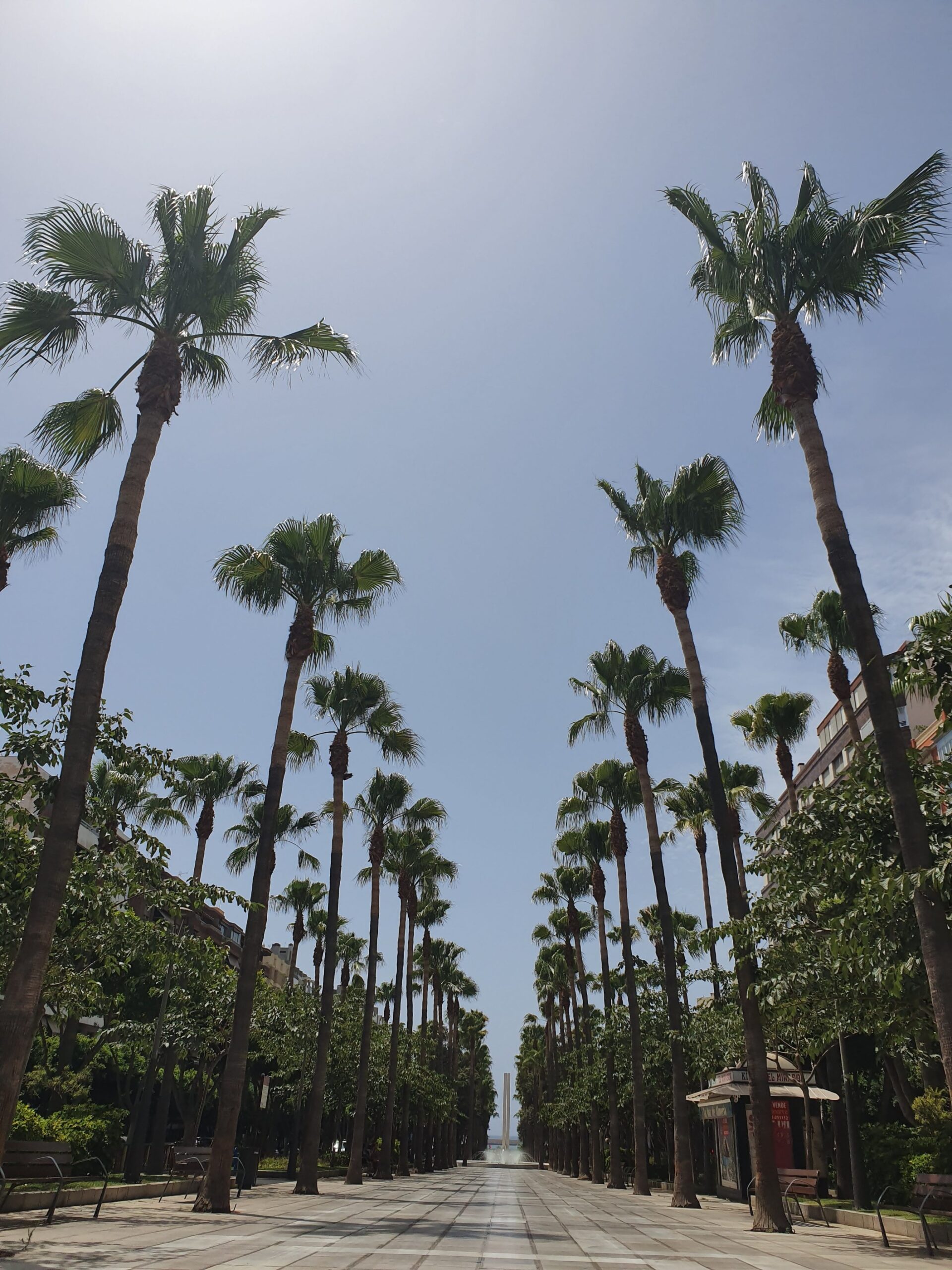


Day 11
Summary: Eat breakfast in Almeria, take a morning walk, then go to Oasys Mini Hollywood – You probably will spend there all day (HAVE FUN).
Sights and activities:
Oasys Mini Hollywood
Oasys Mini Hollywood is a huge Spanish Western Themed park, that includes ZOO, a swimming area, and a Western village. Go there early in the morning to not miss anything, You will see western dances, shows and many more so You must be ready for an epic day, but very hot in the summer.
It is located off the 364 km mark of the N-340 road, near the town of Tabernas in the province of Almería, Andalusia. Originally known as Yucca City, the set was designed by Carlo Simi and built for Sergio Leone’s For a Few Dollars More in 1965.

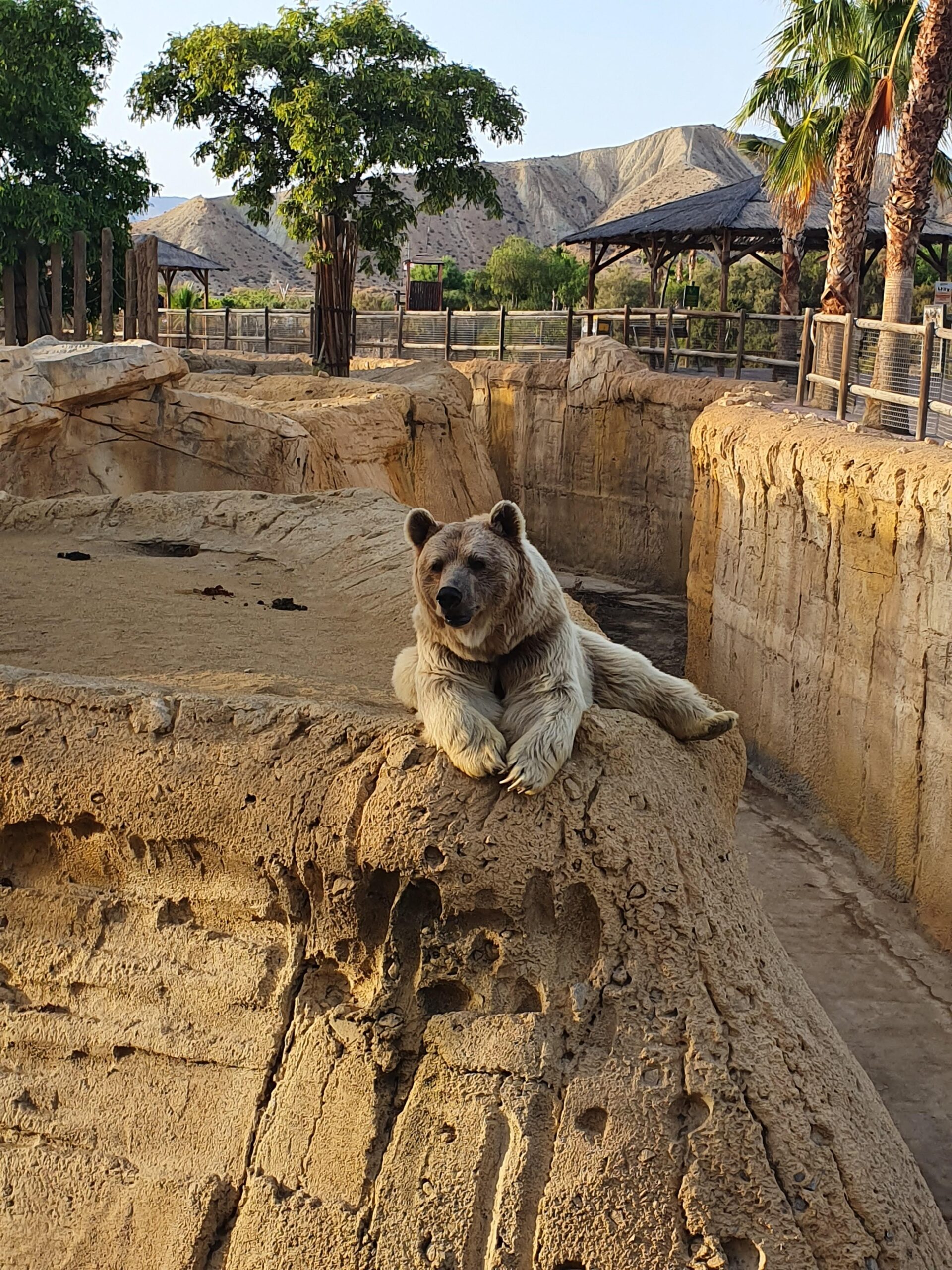
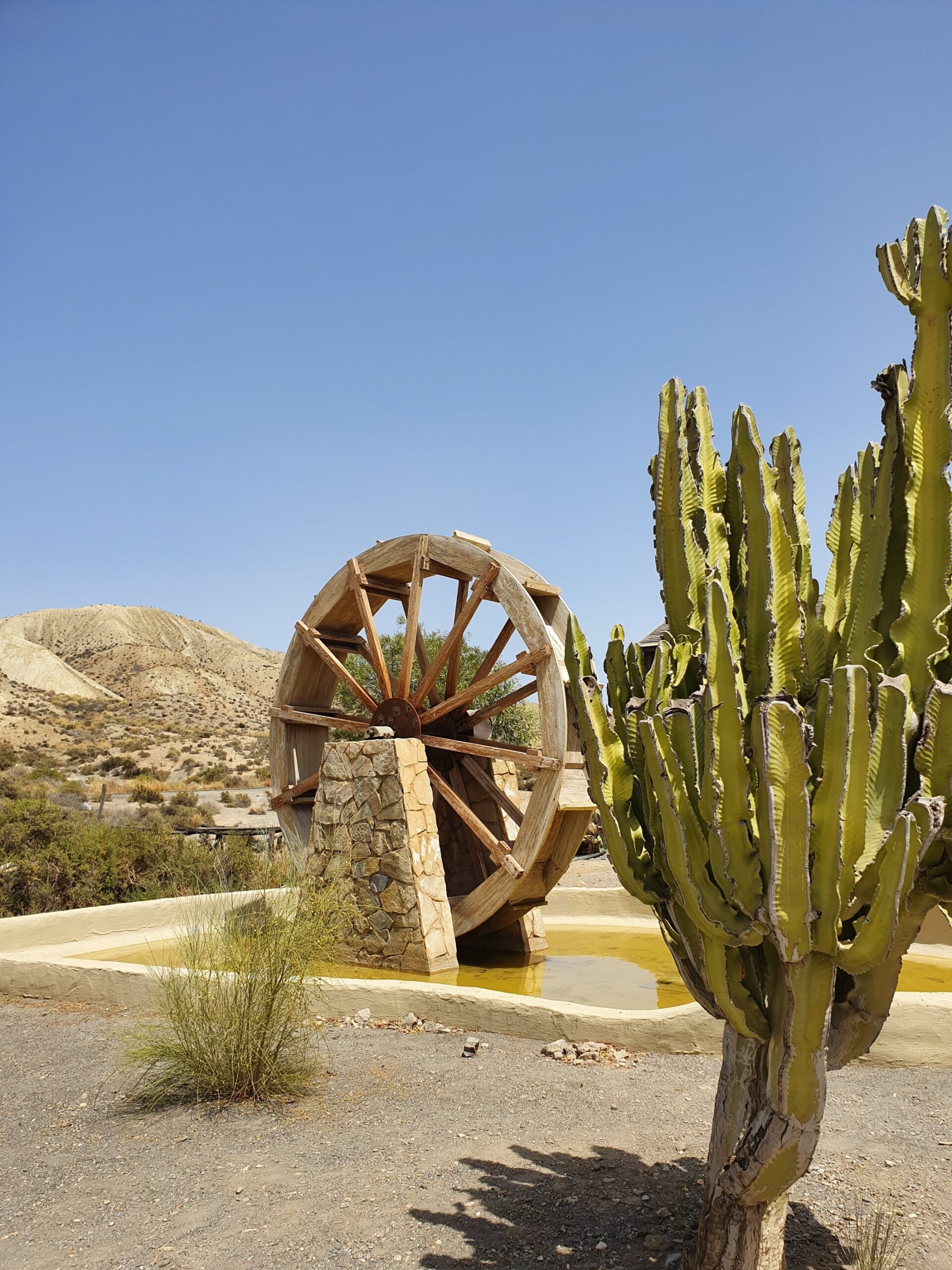
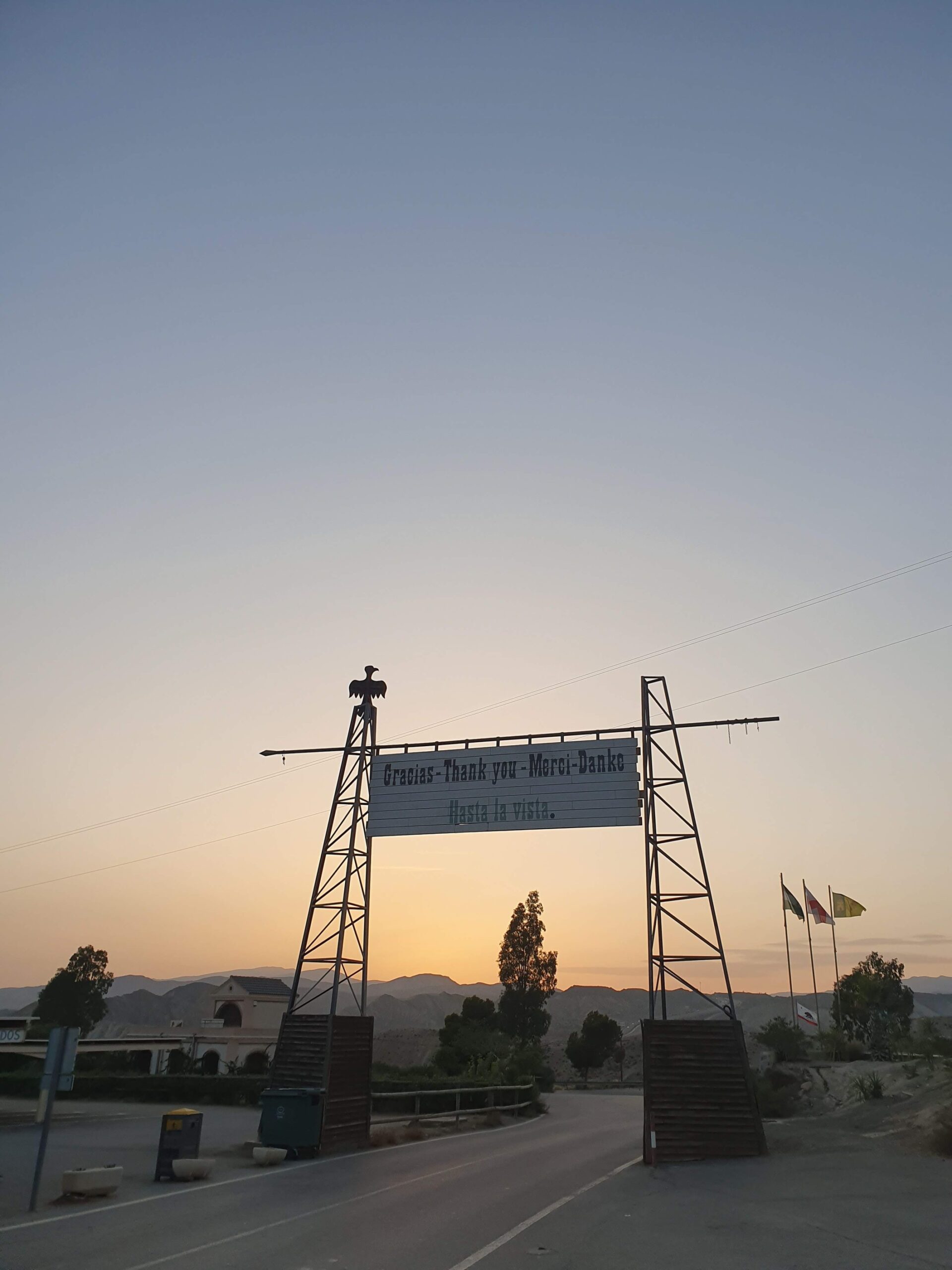
Day 12
Summary: Arrive in Murcia and take a walk in town, find Cathedral de Murcia, and on Your way enjoy the beautiful views of the city. On the way stop in Alicante and enjoy the city. Eat some lunch there. Explore Xativa. Rest because to Barcelona You will have a long way, If this is not Your day before leaving – Have fun and explore Spain more.
Sights and activities:
Cathedral de Murcia and Murcia City
The Cathedral Church of Saint Mary in Murcia, commonly called the Cathedral of Murcia, is a Catholic church in the city of Murcia, Spain. It is the cathedral of the Roman Catholic Diocese of Cartagena.
The location is great and worth walking through Murcia because the views are nice for a relaxing walk.
Murcia is a university city in southeastern Spain and the capital of a region also named Murcia. Plaza Cardenal Belluga is the city’s architectural showpiece, where the ornate cathedral, with its mash-up of styles from Gothic to baroque, and the colorful 18th-century Palacio Episcopal stand in striking contrast to the modern 1990s Ayuntamiento (city hall) annex by architect Rafael Moneo.
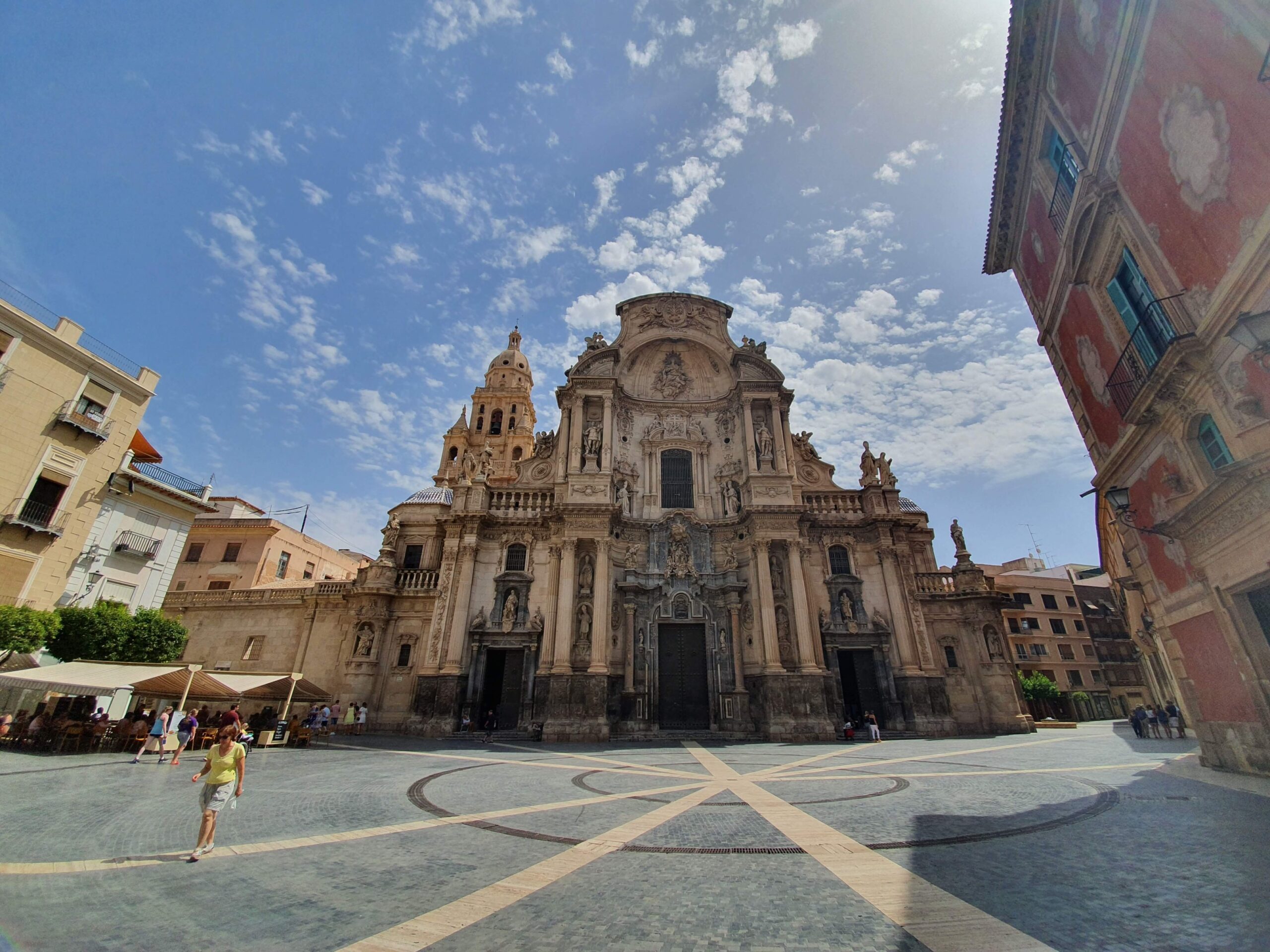
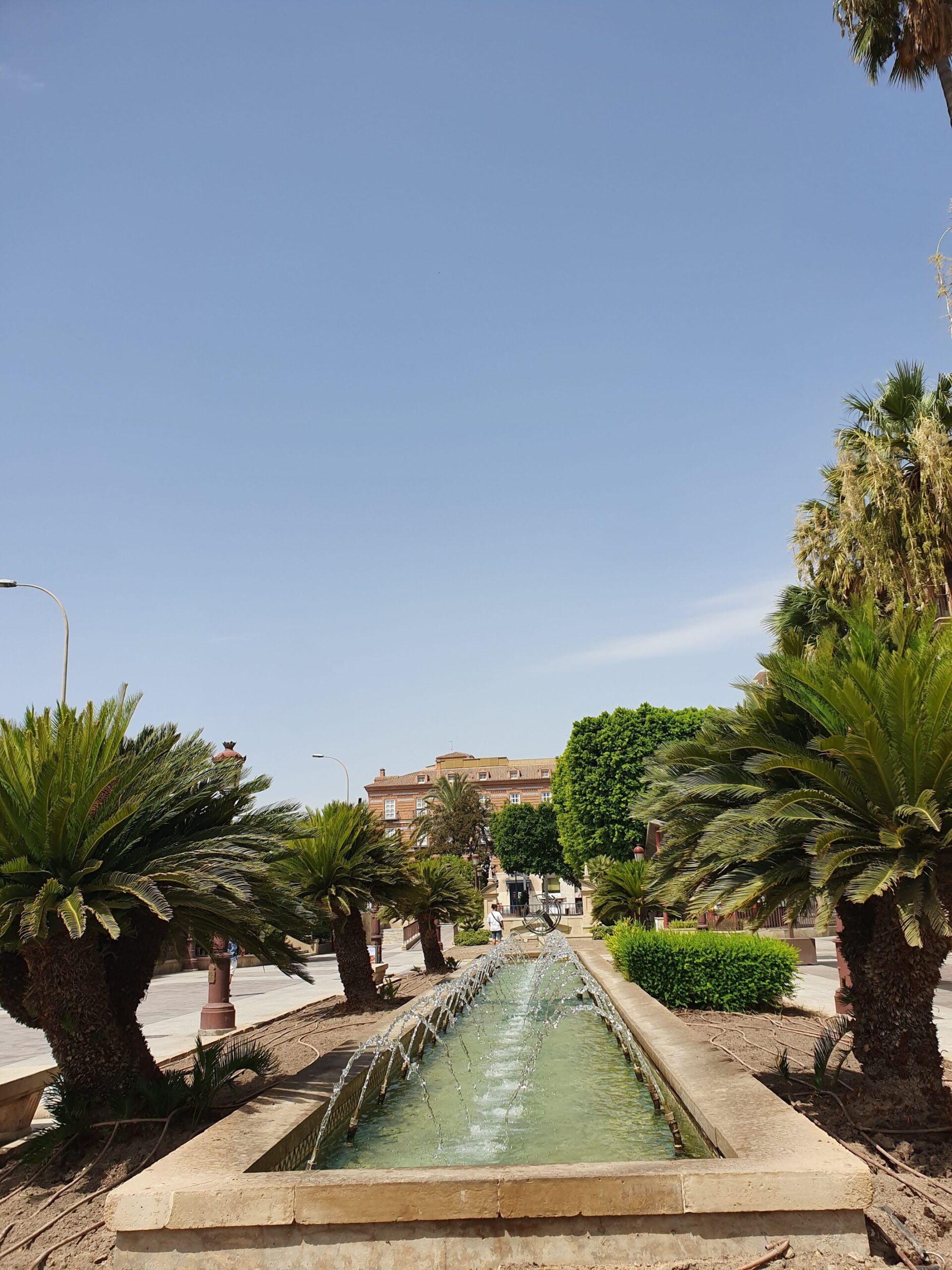
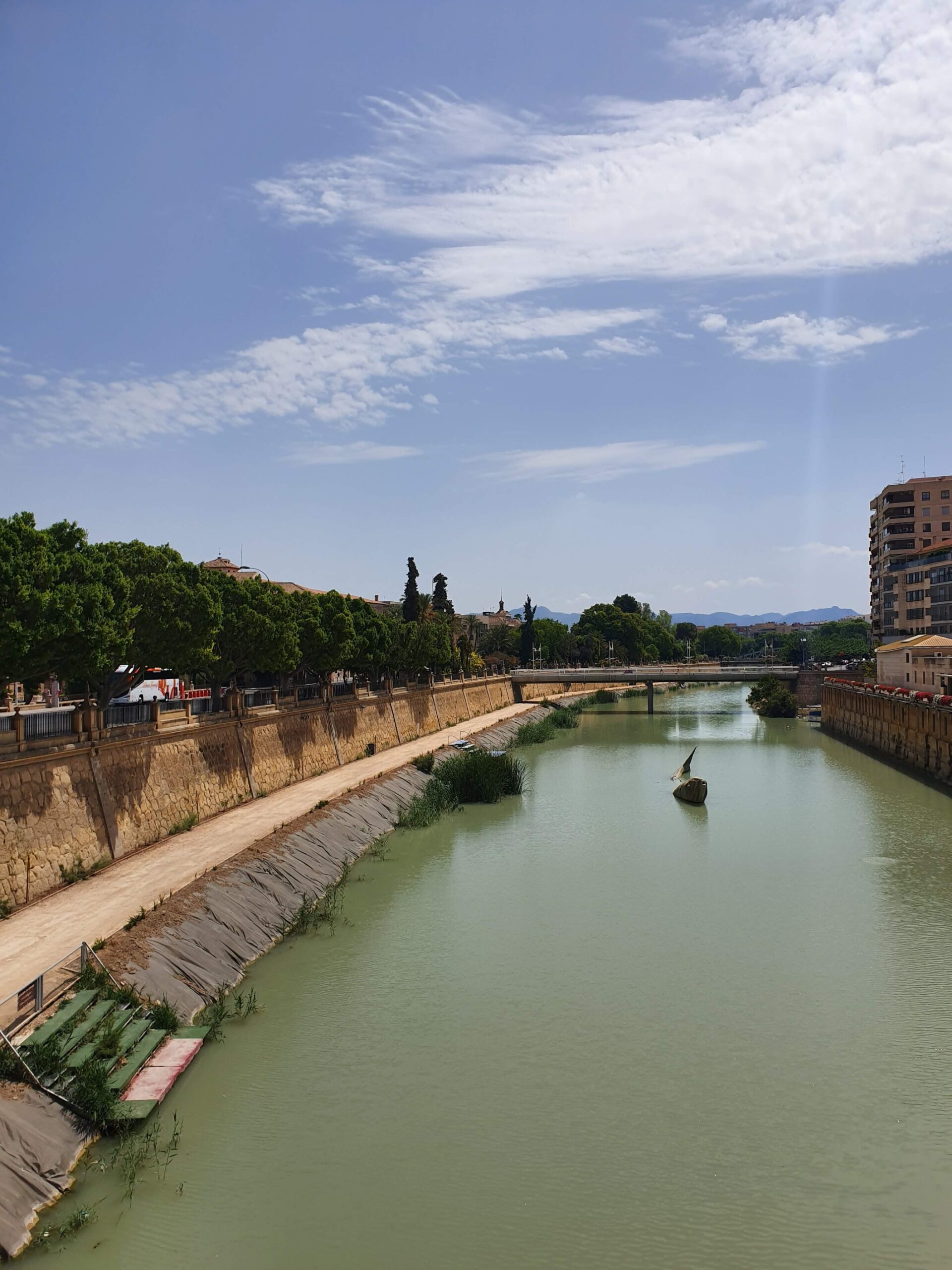
Xativa
For a relaxing evening take a walk through Xativa, which is one of the most beautiful towns in Spain, Xàtiva is defined by its delicious gastronomy, fascinating history, and beautiful nature scapes. The town’s castle, Castillo de Xàtiva, dominates the skyline and speaks of a millennia-long history. But Xàtiva is not stuck in the past: it is a vibrant and bustling place with a great deal to offer visitors.
Day 13
Summary: On the 13th day go to Barcelona – a city on the coast of northeastern Spain. It is the capital and largest city of the autonomous community of Catalonia, as well as the second most populous municipality of Spain.
In Barcelona, You can visit La Sagrada Familia, Ciutadella Park, Museu Nacional d’Art de Catalunya or even get to the top of Montjuïc with a cable car. The cable car will provide You with some stunning views of the city and surrounding territory.
